Thanks for joining us for this edition of Exhibition Digest, our collection of the best ceramic shows happening near and far. We hope you enjoy the latest offering of our favorite highlights from the clay world and beyond.
Ann Agee’s Brilliance Shines In Madonnas and Hand Warmers
NEW YORK– P.P.O.W presented Madonnas and Hand Warmers, Ann Agee’s third solo exhibition with the gallery (June 18 – July 23, 2021), showcasing the latest wares from the “Agee Manufacturing Company”, the fictitious enterprise that has motivated Agee’s three-decade career in ceramics. This tour de force exhibition comprises more than one hundred unique works.
Agee’s practice has focused on cultural appropriation and exchange, and the range of women’s lived experiences. The work is inspired by late-17th and early-18th century Italian folk salt cellars in the collection of the Davanzati Palace in Florence. Part one, Madonnas of the Girl Child, is made from a variety of clays, formed with different techniques, modeled in myriad sizes, glazed in numerous patterns, and fired in multiple kilns and at various temperatures, these sculptures realistically or abstractly engage motifs of the divine infant. Whether being breastfed, cradled, or corralled, these girls are held up by their mothers and endowed with aptitude and virtue, regardless of their appearance. Part two, Hand Warmers, began in 2016, Also inspired by Italian folk pottery, these vessels reference footwear and were historically meant to be filled with hot water and clasped to warm one’s hands.
Lin Wang’s 20,000 Plate Installation at Kunsthall Grenland.
PORSGRUNN, NORWAY–More than twenty thousand handmade porcelain pieces contained within Norway-based, Chinese-born artist Lin Wang’s laborious installation Exotic Dreams and Poetic Misunderstandings – The Silk Roads (April 5 – May 26, 2019) at Kunsthall Grenland explore a wide range of cobalt blue tones, as much a shimmering river as it is a road.
Exotic Dreams refers to how Wang as a youngster was told myths about the North, and how she later moved to Norway and was confronted with a different reality entirely, while seeing her country of birth anew from a distance. Exoticism is a result of our perception of difference, or ‘otherness’. It is found in all corners of the world, generated through the continual process of constructing internal narratives while imagining, relating to and interpreting other cultures. Through her exhibitions and performances, Wang consistently reminds us that the cultures we create and the beliefs we project on others exist in a continual back and forth negotiation. Using the examples of China and Norway to underscore this dynamic, she expertly uses her craft to bridge cultures and create dynamic conversations.
This is Wang’s largest exhibition to date. In preparing it, Wang worked from both her studio in Jingdezhen, China and her temporary work space in Porsgrunn, creating works that formally unite a variety of clays, glazes, and other materials, such as gold, that originate from regions along the historic Maritime Silk Road.
Matt Nolen Making Art On the Seam
LONG ISLAND CITY–Matt Nolen’s exhibition, The Space Between, at Sculpture Space NYC (March 5- April 10, 2021) has its genesis in the summer of 2019 during a visiting artist residency at the Bezalel Art Academy in Jerusalem, Israel. He lived in a neighborhood “on the seam” between Jewish and Palestinian quarters and his daily observations resulted in venturing into “this psychologically charged transitional space that had me wondering about the porosity of borders and split forms that are more connected than they might appear”.
“For many years I made ceramic figures whose narratives occupied liminal spaces- life lived in the margins of great transition. A cancer diagnosis in 2012 thrust me into my own liminal space as I struggled to cope with issues around mental, emotional and physical wellness and mortality. Eventually I began to explore this space through the abstraction, ambiguity and hybridity of porcelain vessels. The notion of endlessly splitting cells had me wondering about the new spaces that are created as a form splits apart vs. the apparent solidity, weight and mass of the tumors that evolve from cells dividing. The works in “The Space Between” have allowed me to investigate the relationship of the micro landscape of my body to the macro of the external world’s social and political environment. Garniture sets, bookends, and ink blots are the vehicles allowing me to explore splitting, conjoining, seams and borders, collapse, failure and ultimately-regeneration”.
Nicki Green’s “Frankensteined” Kohler Products Show in China Town.
SAN FRANCISCO–Et al. etc. presented the work of artist Nicki Green in a solo exhibition of sculptures, Splitting/Unifying, (September 13 – October 26, 2019) made while in residence at the John Michael Kohler Art Center in Kohler, WI during the winter of 2019. We missed covering this show then but given its relevance, here it is now. These large ceramic and mixed media objects straddle the line between functional and ornamental and depict a density of surface information spanning Green’s interests of queer and trans history, mycology as a stand-in for queerness, Jewish mythology and alchemical practice. As she writes:
Lately, I’ve been really fascinated by ritual objects and particularly various water rituals, so a lot of what I was investigating at Kohler was washing rituals and appliances built for cleansing. While I was there, I kept thinking about white glaze as this striving towards purity. I was reading “Queering Bathrooms” by Sheila Cavenaugh who discusses white glaze showing grime as this analogy to queerness, the glaze is like straightness and normativity, this yearning for order, cleanliness and uniformity, but in its’ quest, reveals it’s innate inability to be totally any one thing; clean, tidy, straight, normal, etc.
While making these pieces, I thought of them as Frankensteined Kohler product; I used mostly waste materials (like literally digging through the “cull” or waste bins for wet, failed product to cut up and reassemble) to make washing/ablution ritual objects that affirm the queer body rather than attempt to exclude, organize, label, make visible in the way these bathroom appliances so often do. I considered what it means for objects to fail, my queer self in that space (queer, as in how I stuck out in the factory as trans, from out of town, Jewish, etc.) was already, in a sense, failure, so what happens if I let the objects I was making fail as well? This letting go of perfection, uniformity, normativity opened up an expansiveness not normally possible in a production factory setting.
John Roloff’s Metaphorical and Metaphysical Voyages Through Deep Time
SAN FRANCISCO—An important exhibition Cfile missed in 2019 was John Roloff: The Sea Within the Land 1980–2019 Selected Kiln Documentation & Photographic Installations/Recent Ceramic Ships, presented by Anglim Gilbert Gallery (May 4 – June 1, 2019) that surveyed Roloff’s profound decades-long investigation of geologic time, sites, and other natural phenomena.
Utilizing a cross-disciplinary approach to ceramics and performance, his work incorporates the earth and life sciences with architectural and historical elements. In the late 1960s, as a student at UC Davis, Roloff studied with California Funk artists Robert Arneson and William T. Wiley, as well as renowned geologist Eldridge Moores. This combination of radical experimentation in clay and emerging scientific discoveries in plate tectonics became the basis for Roloff’s long-term studies of the self, land, and sea.
The Sea Within the Land, in particular, incorporates a view of the landscape where, in the context of geologic time, the land and sea are mutable, interdependent forces. The processes of erosion and deposition are cyclical inversions of each other, a continuum of land and sea interaction through which new land is constantly being formed. In this fundamental way, land and seascapes are iterative –– each site containing ancestral material from past versions of itself. The image, form, and structure of ships, are also a significant motif in Roloff’s practice. Solitary and ghost-like, his ships refer to metaphorical and metaphysical voyages through deep time. The kiln projects and photographic works are sculptural extensions, often at architectural scale, of his research into site and transformation.
Adriana Varejão Travels Ceramic History Without Touching Clay
My work is always in the territory of hybridity—Adriana Varejão
NEW YORK–Gagosian is pleased to present Talavera, (May 9–June 26, 2021), new paintings and sculptures by Adriana Varejão. They are all about ceramics yet never use clay itself. Even her tile works use other materials to mimic their ceramic origins. The gallery points out that Varejão’s rich and diverse artistic oeuvre embodies the mythic pluralism of Brazilian identity and the fraught social, cultural, and aesthetic interactions that engendered it. Living and working in Rio de Janeiro, she draws upon the potent visual legacy of colonial histories and transnational exchange.
In the late 1980s, Varejão began researching azulejos, the glazed terra-cotta tiles of Arab origin that have been the most widely used form of decoration in Portuguese art since the Middle Ages and that were brought to Brazil through colonization and trade. From this, she developed her unique and ever-evolving series of “tile” paintings, made by covering a square canvas with a thick layer of plaster and allowing it to gradually dry to produce a surface with deep fissures resembling ancient crackled porcelain—or geological time itself.
Varejão’s most recent tile paintings explore the culture of Talavera poblana, the Mexican ceramic tradition originating in Spain that, like the azulejo, draws on diverse sources—in this case, indigenous, Hispanic, Italian, and Chinese. A photograph of a wall of Talavera tiles taken by Varejão in Mexico in the mid-1990s formed the basis for the painting Parede Mexicana (1999); twenty years later, this painting has become the indexical reference for an entire new series where the key motifs of individual tiles are adapted and enlarged to seventy-inch square canvases.
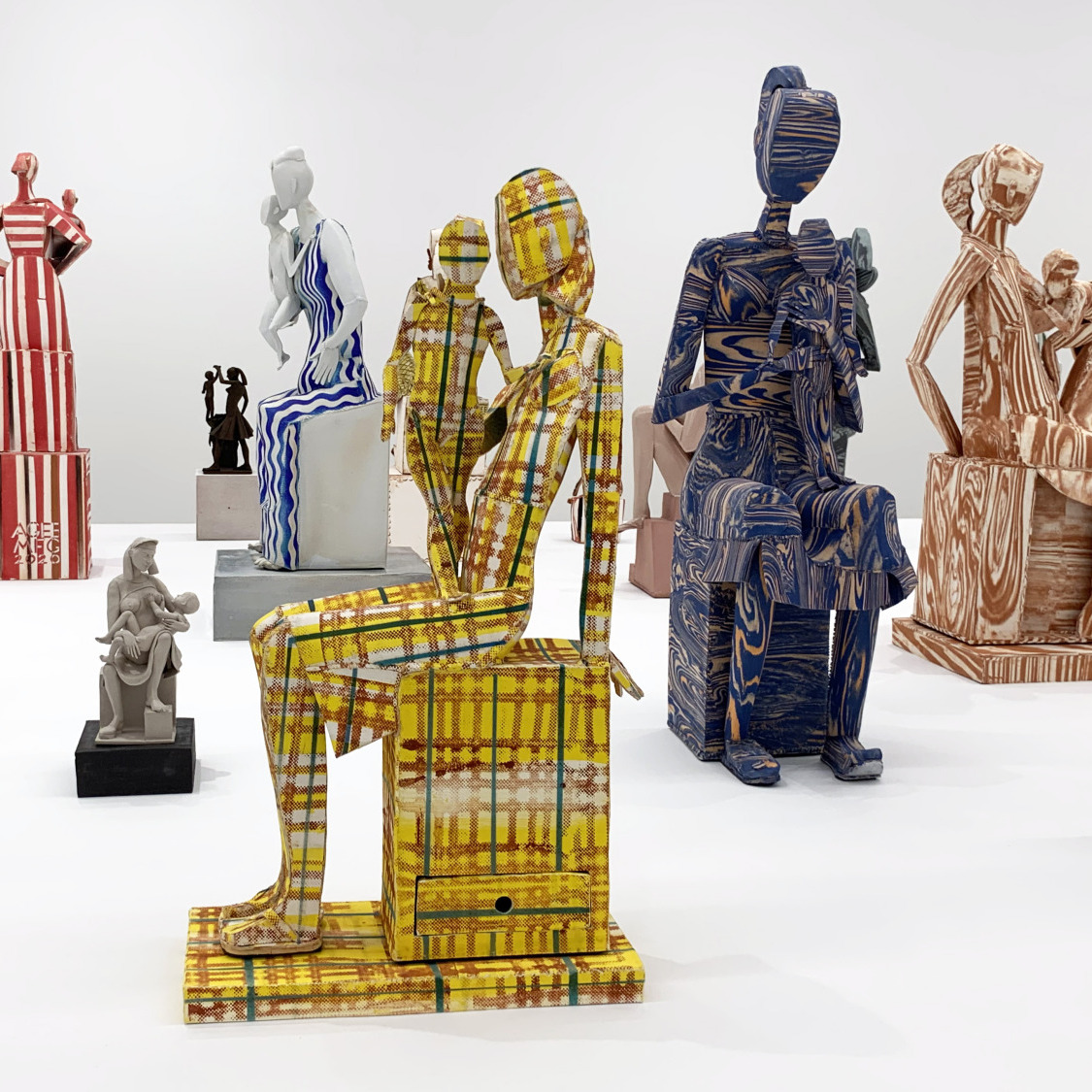

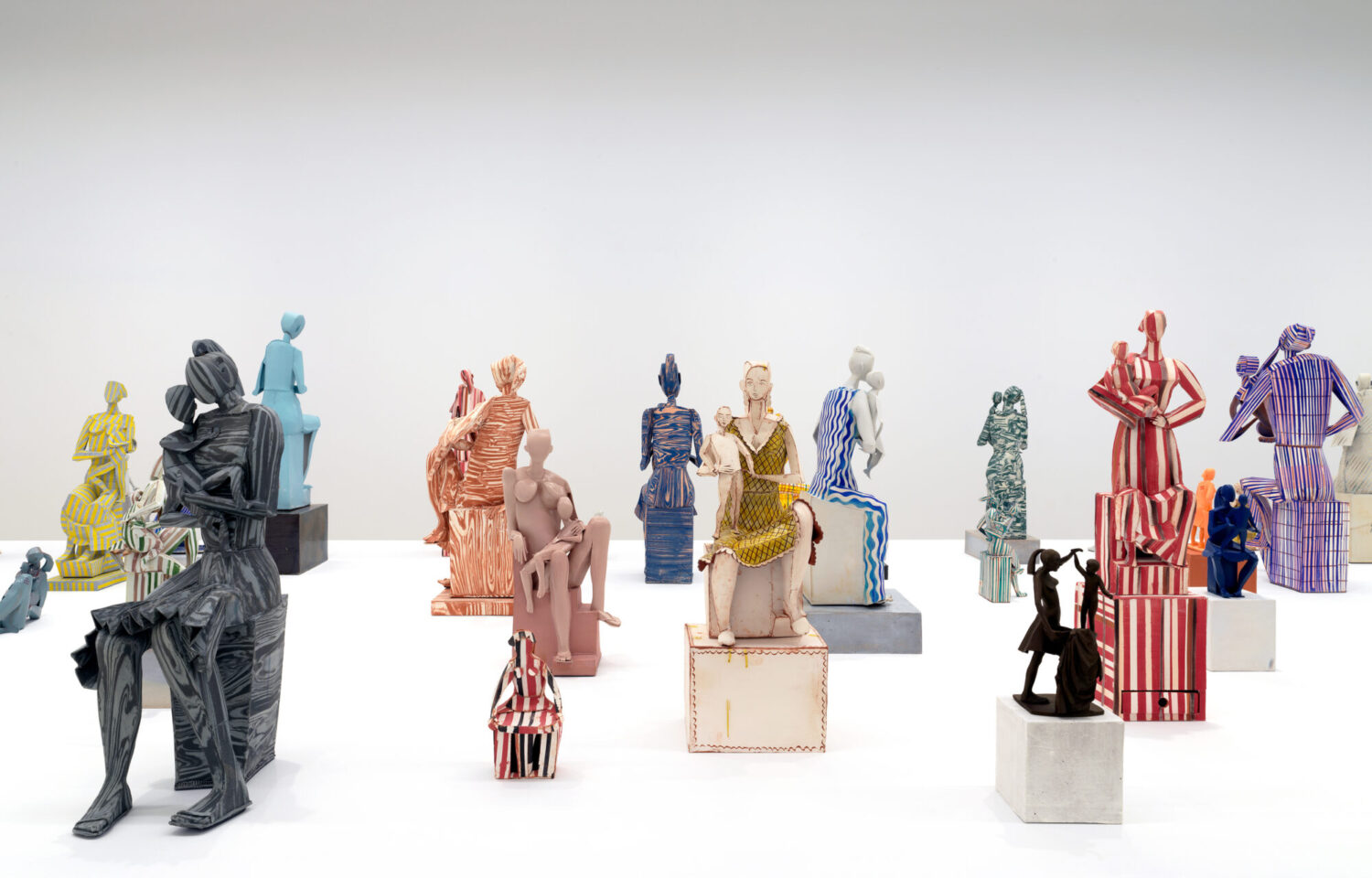
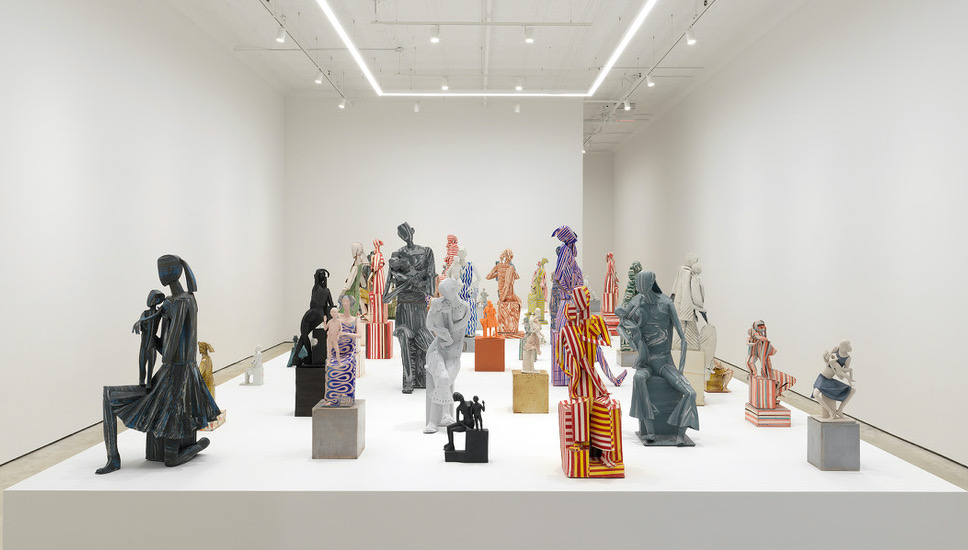

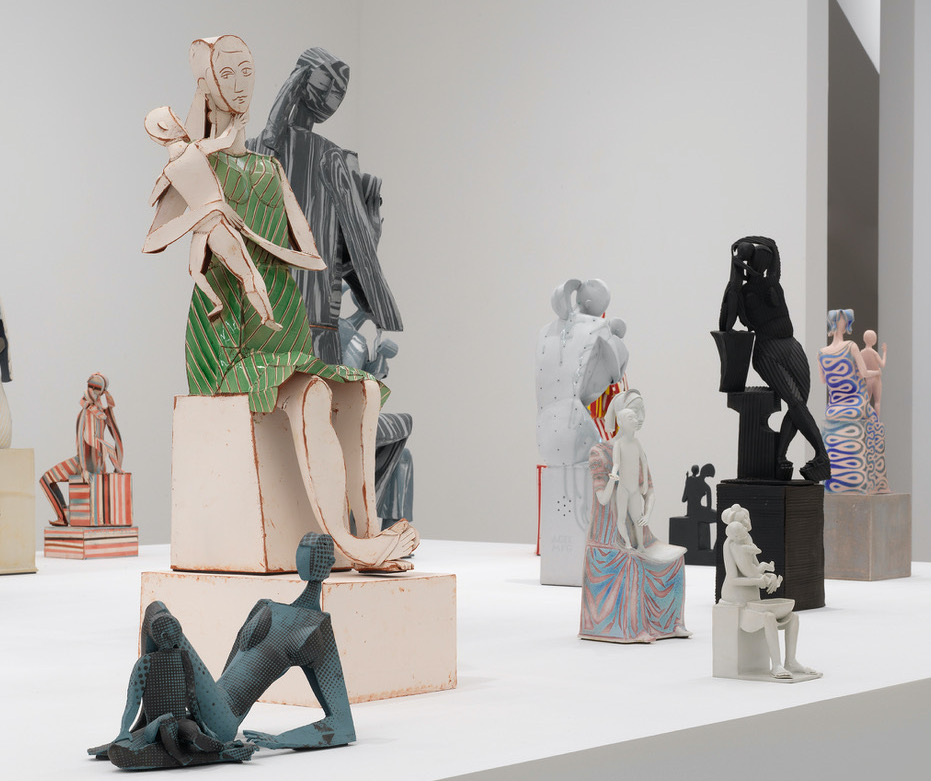
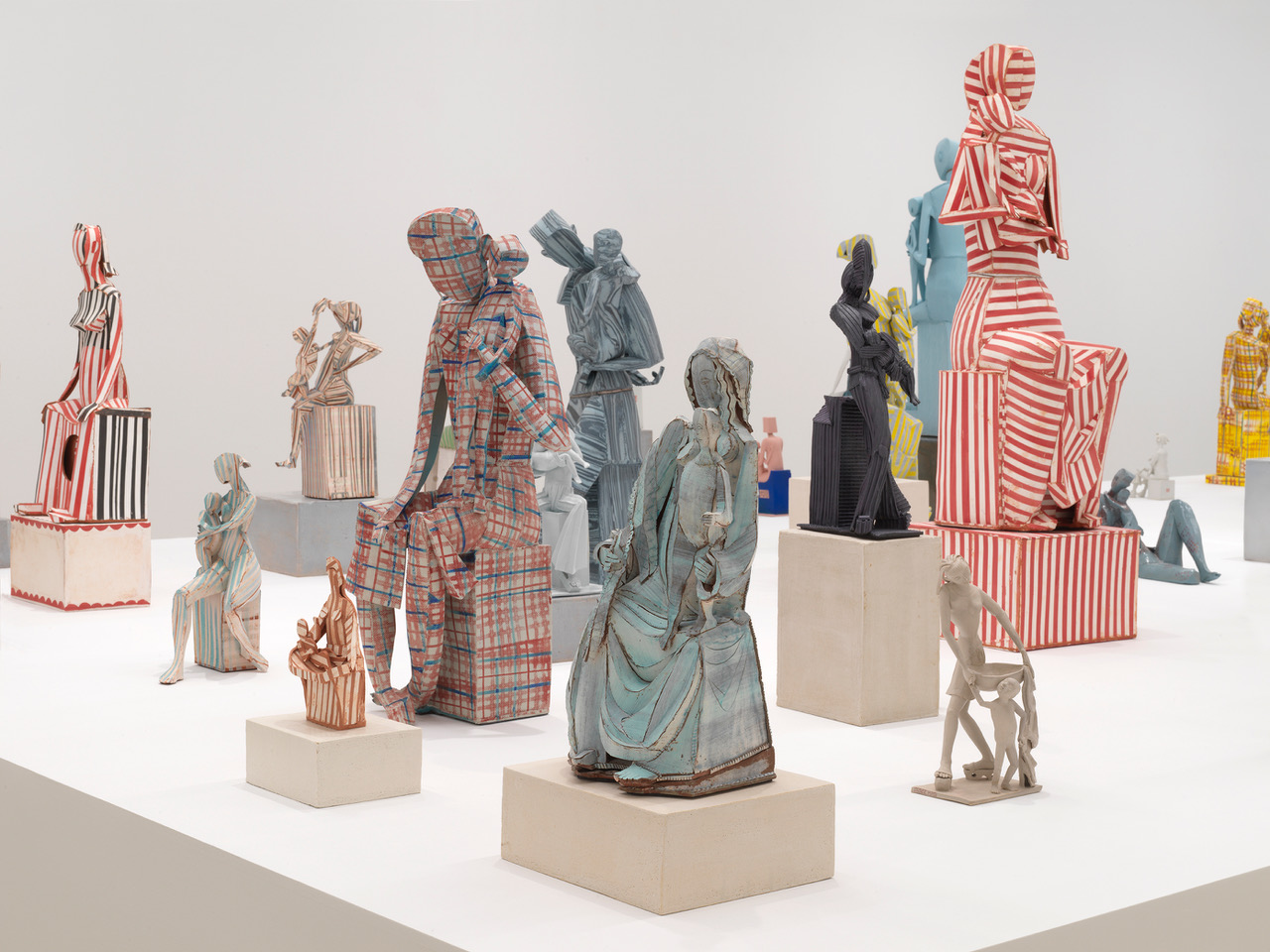

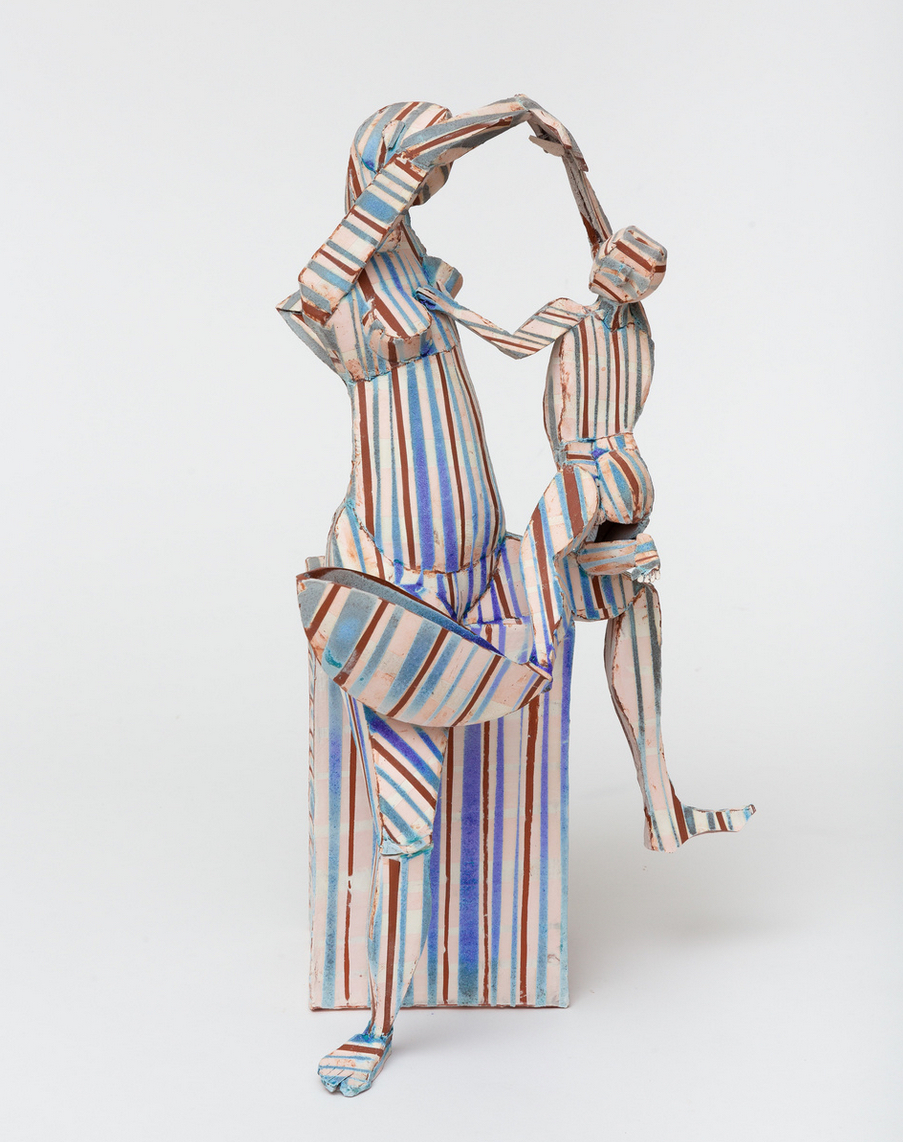
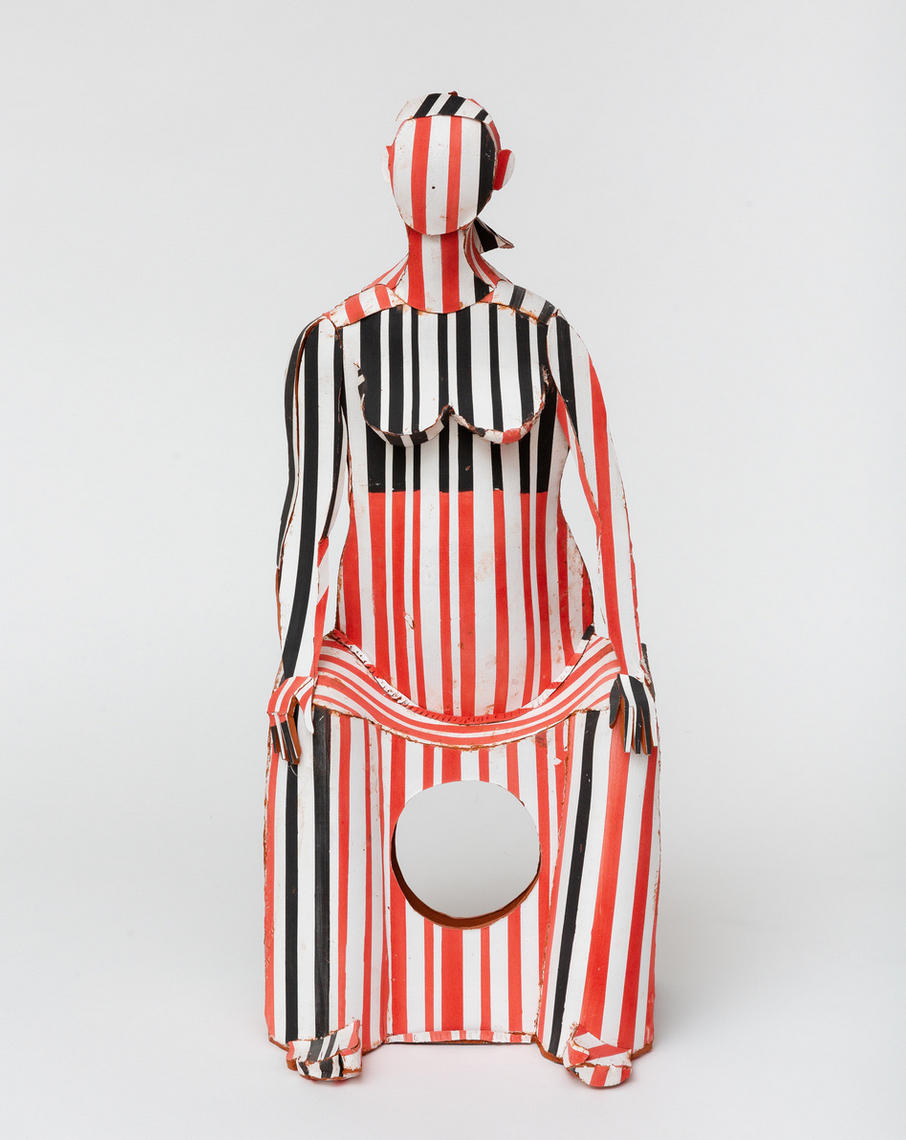

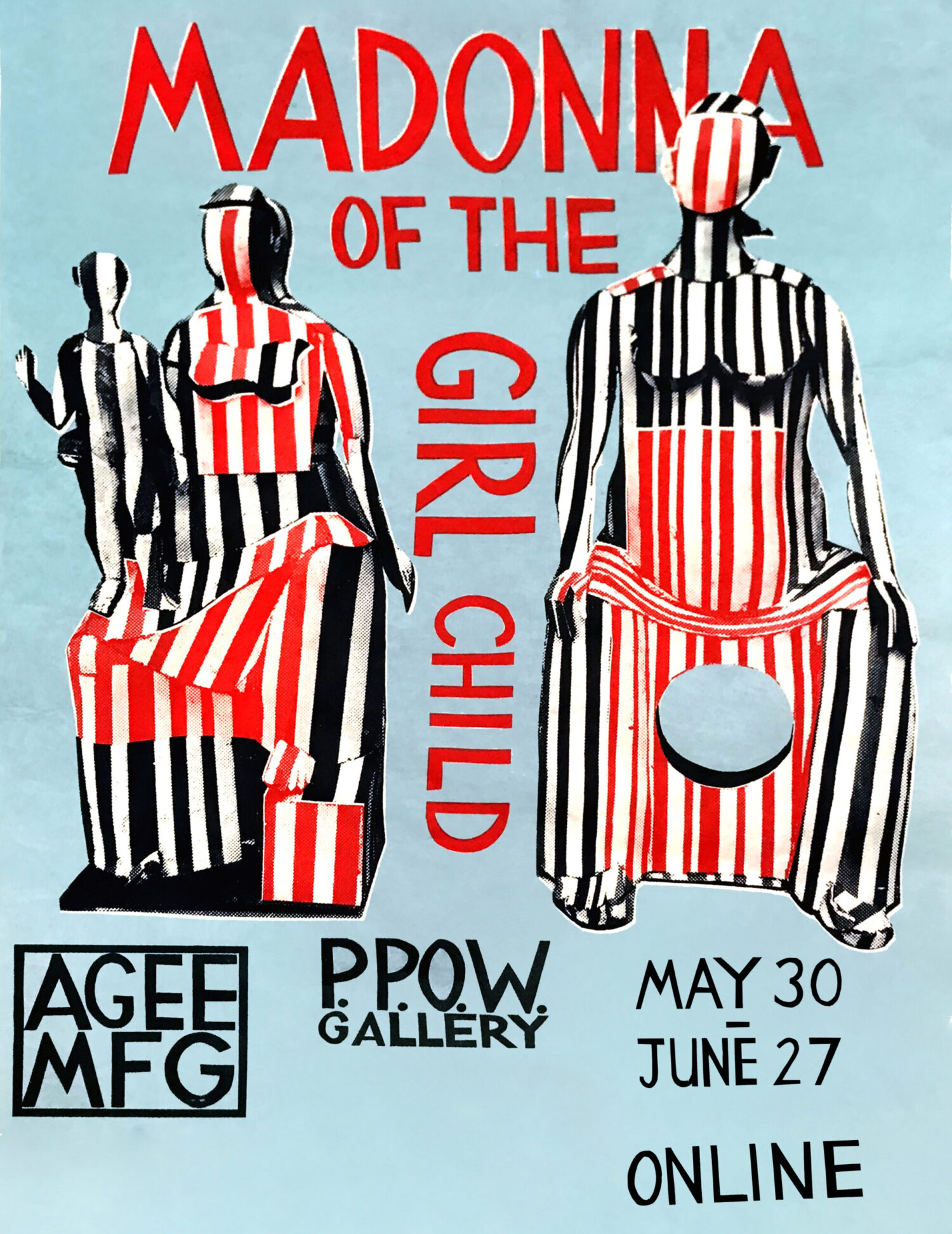



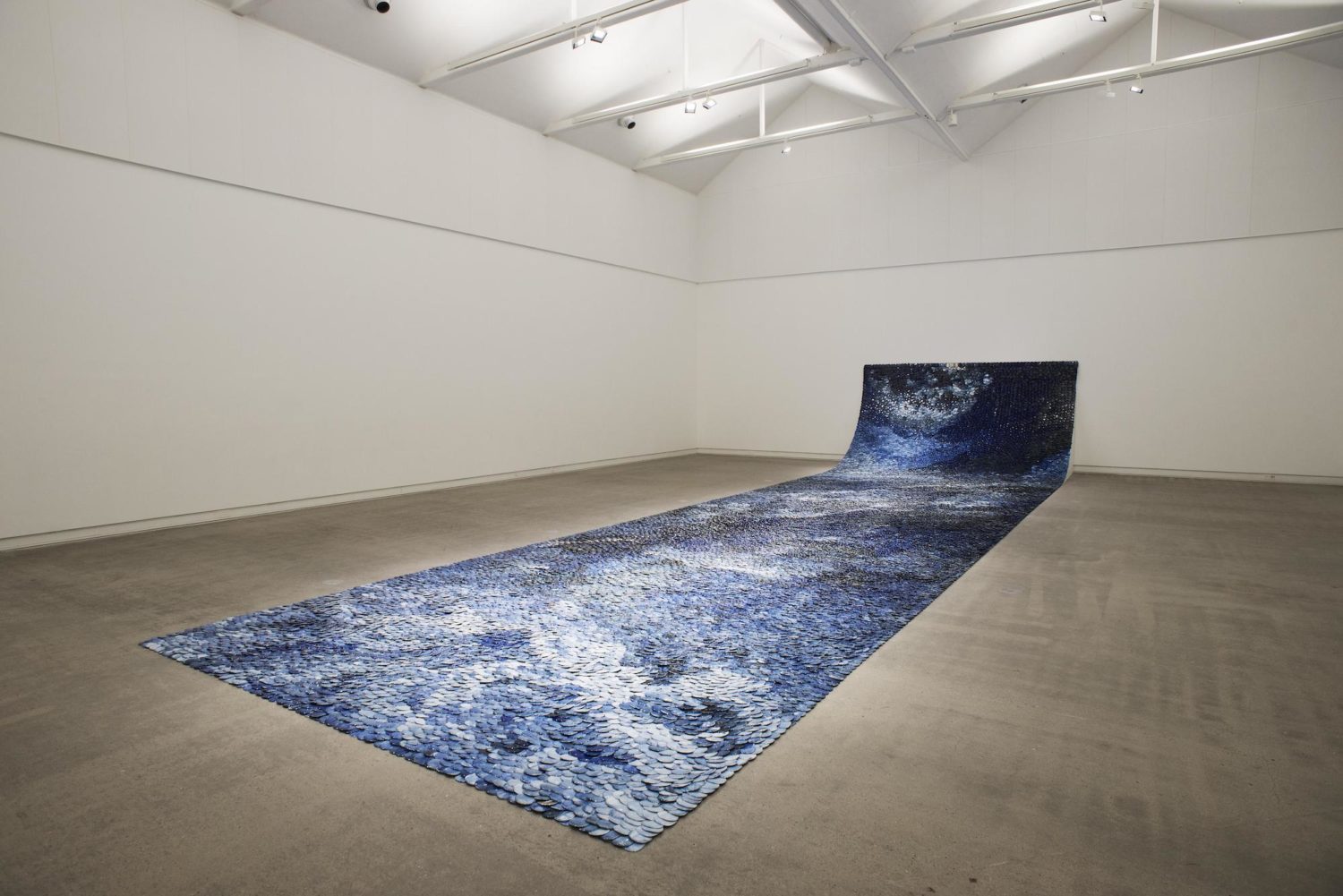

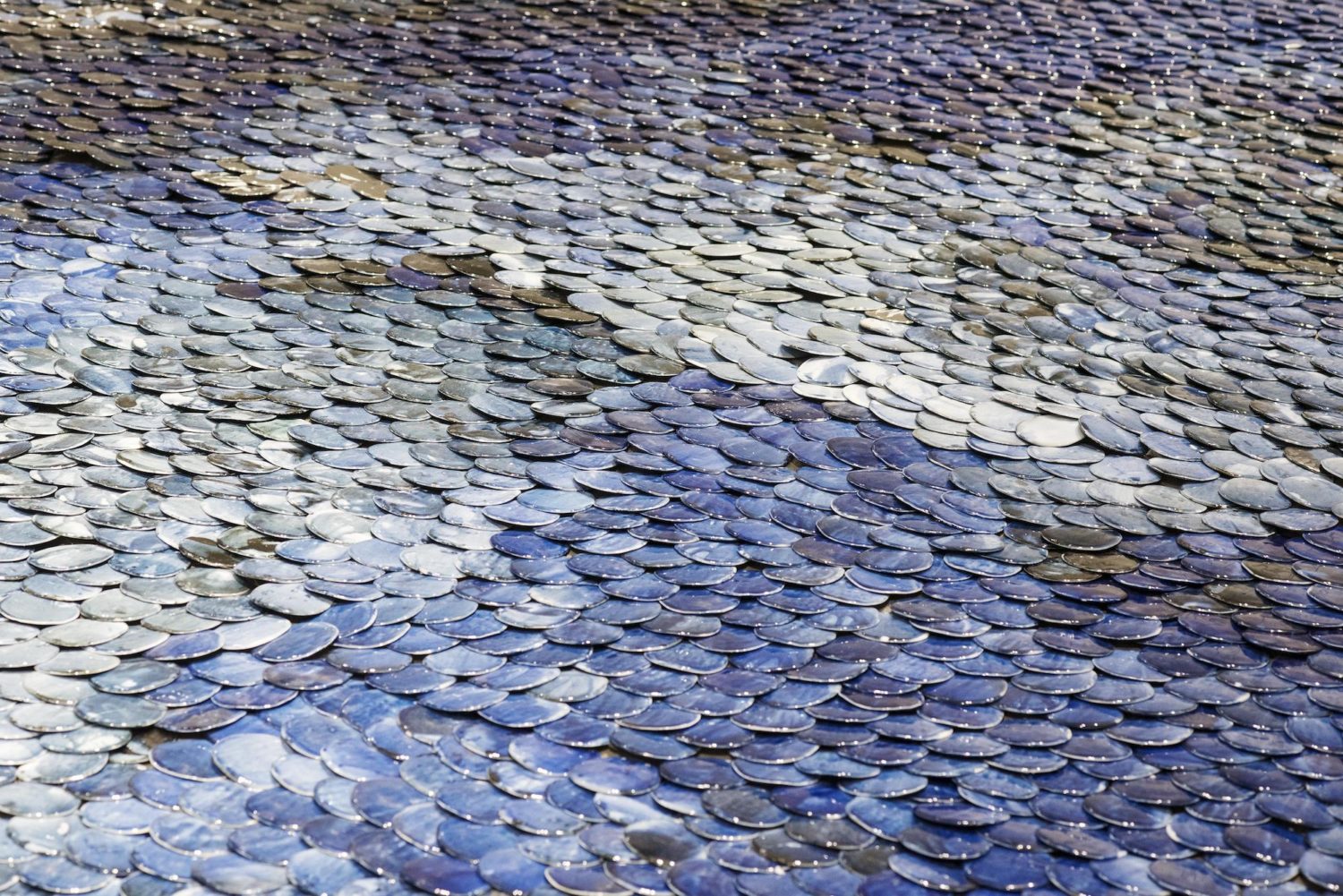
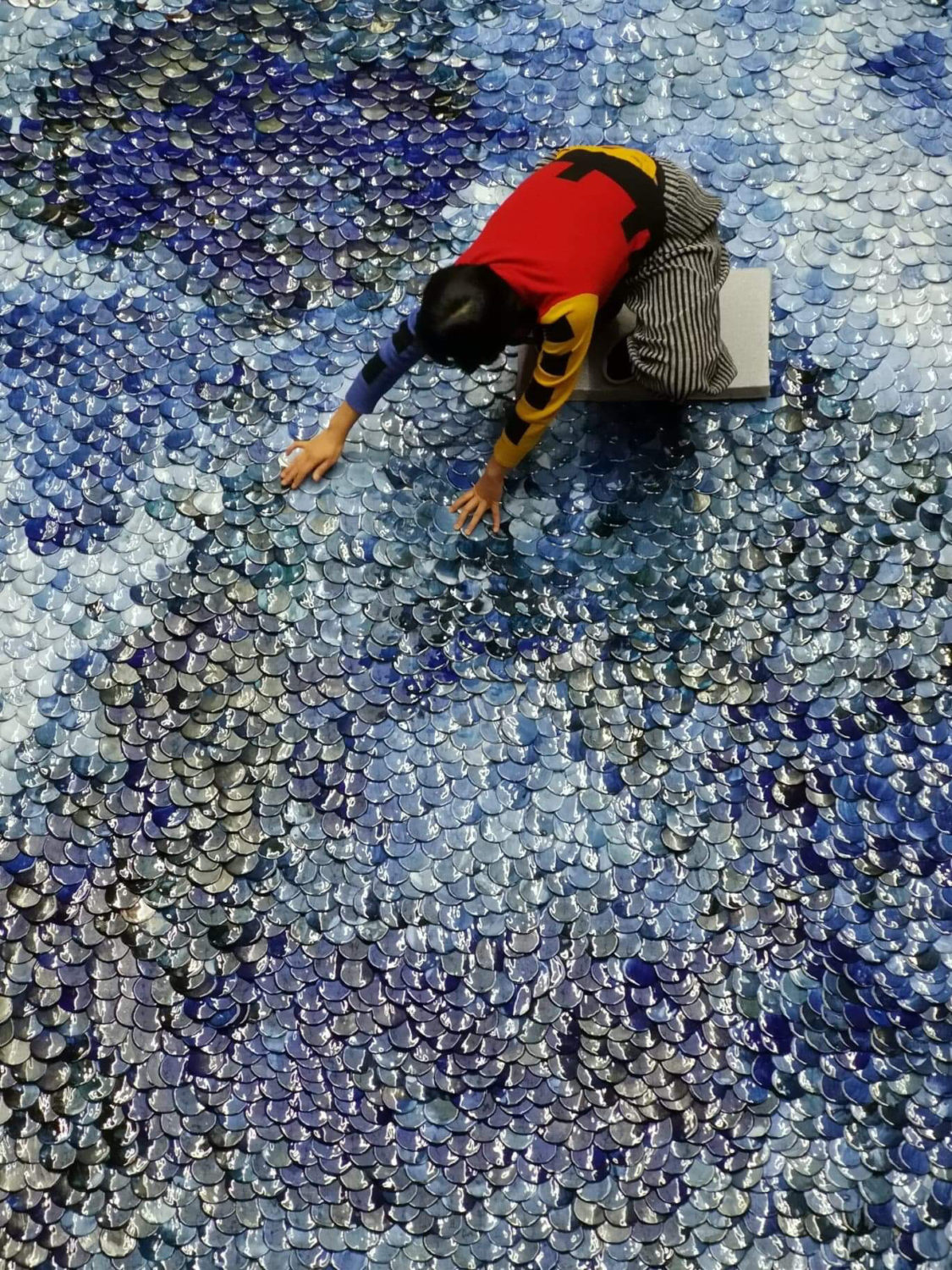
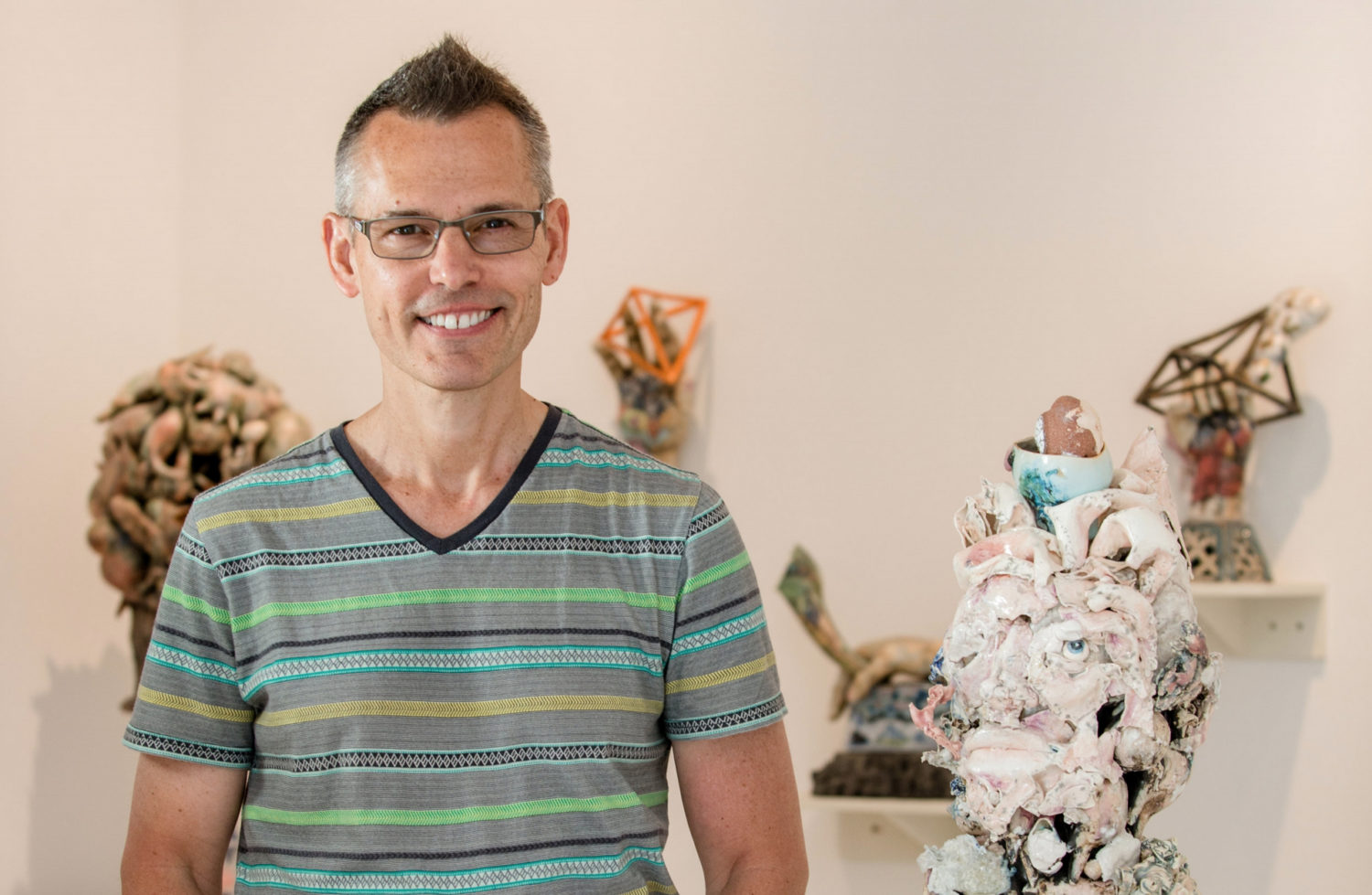


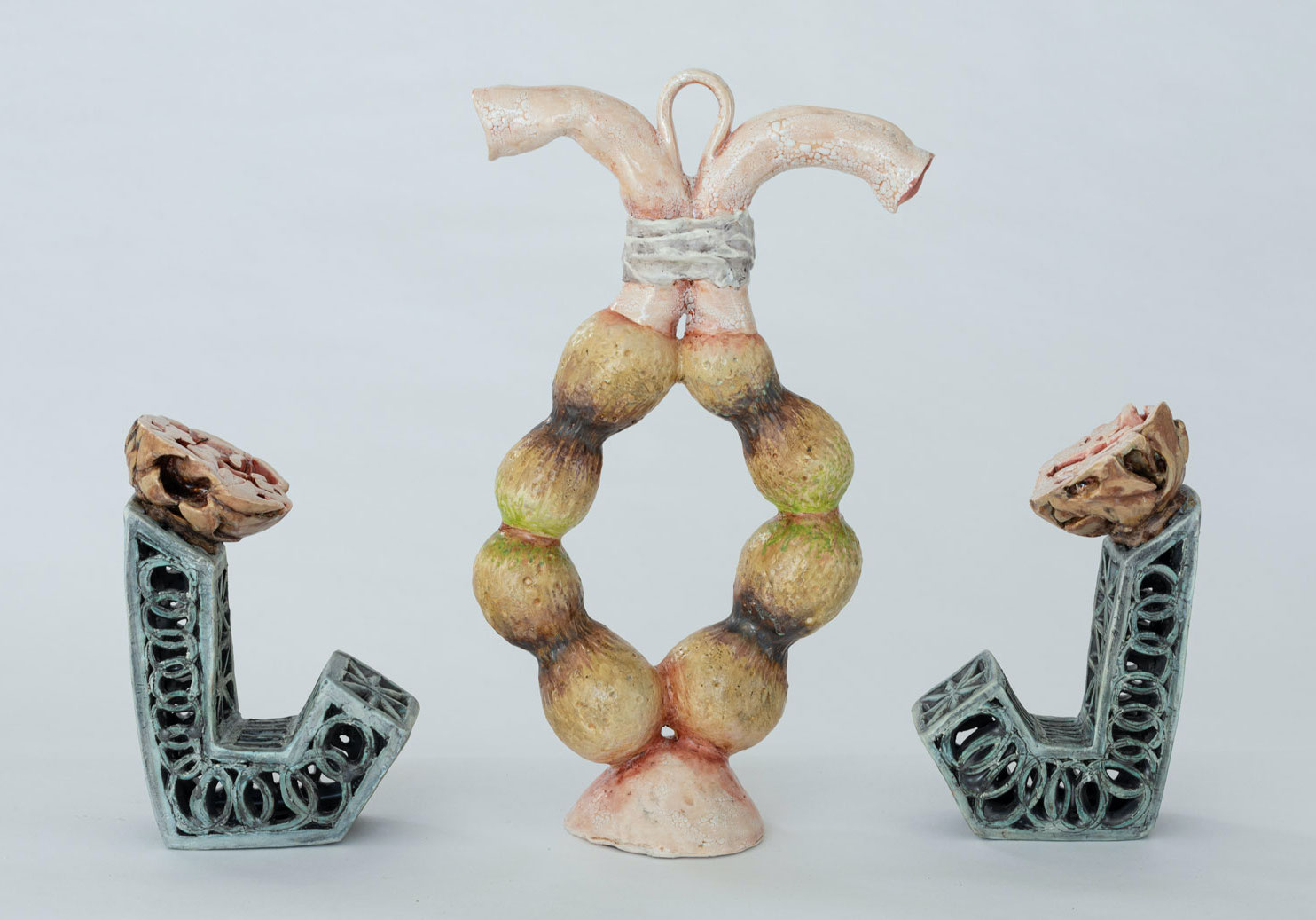
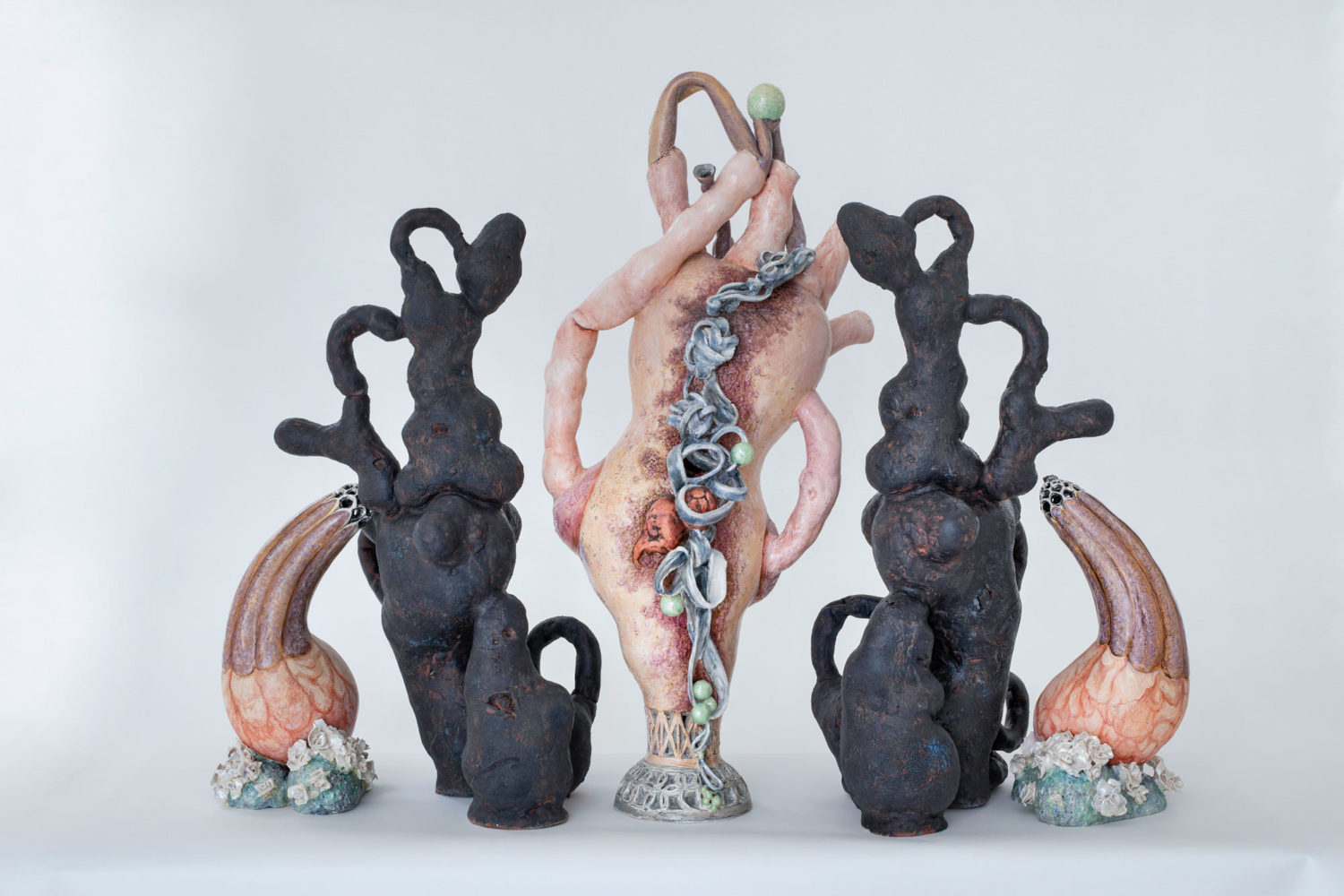
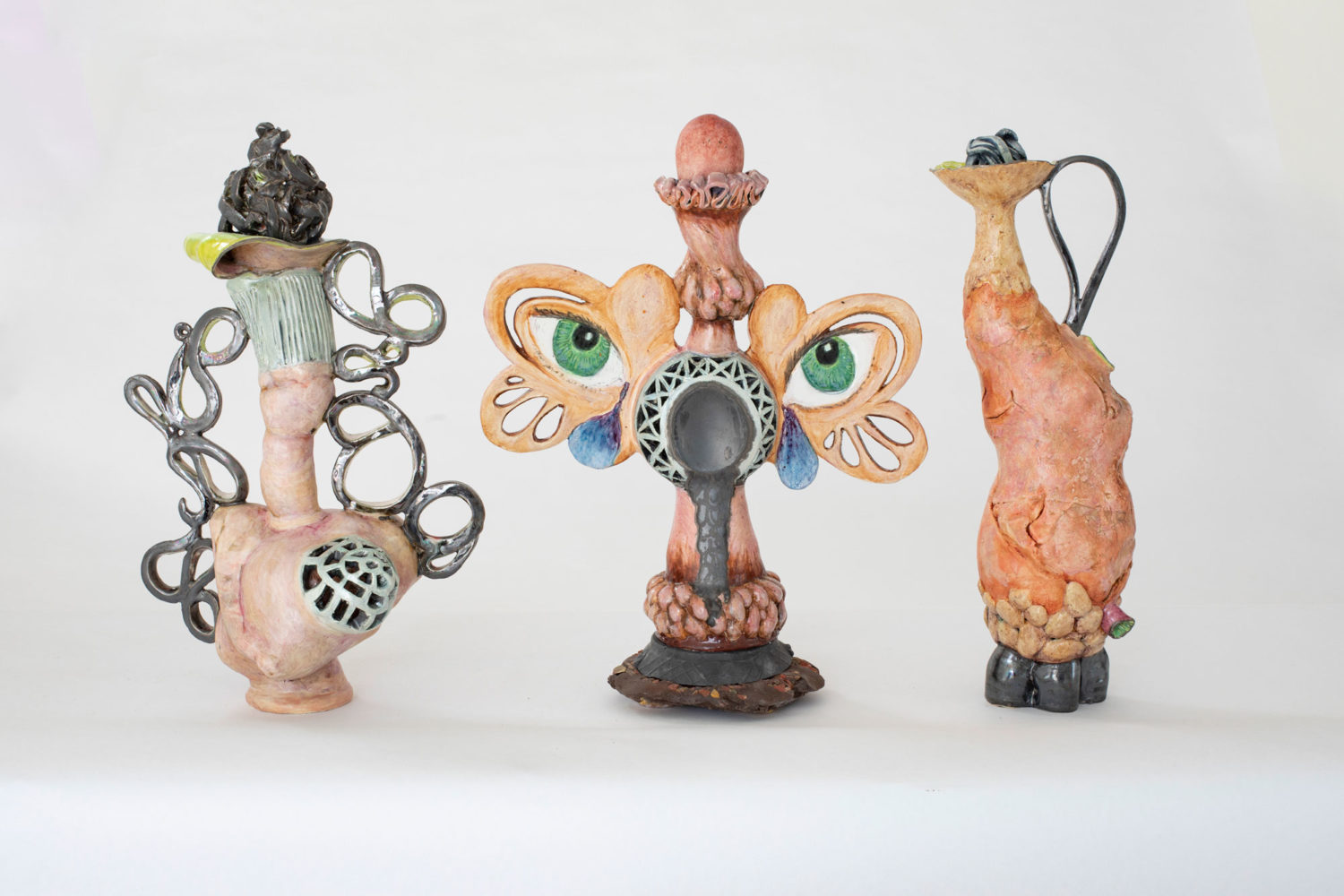


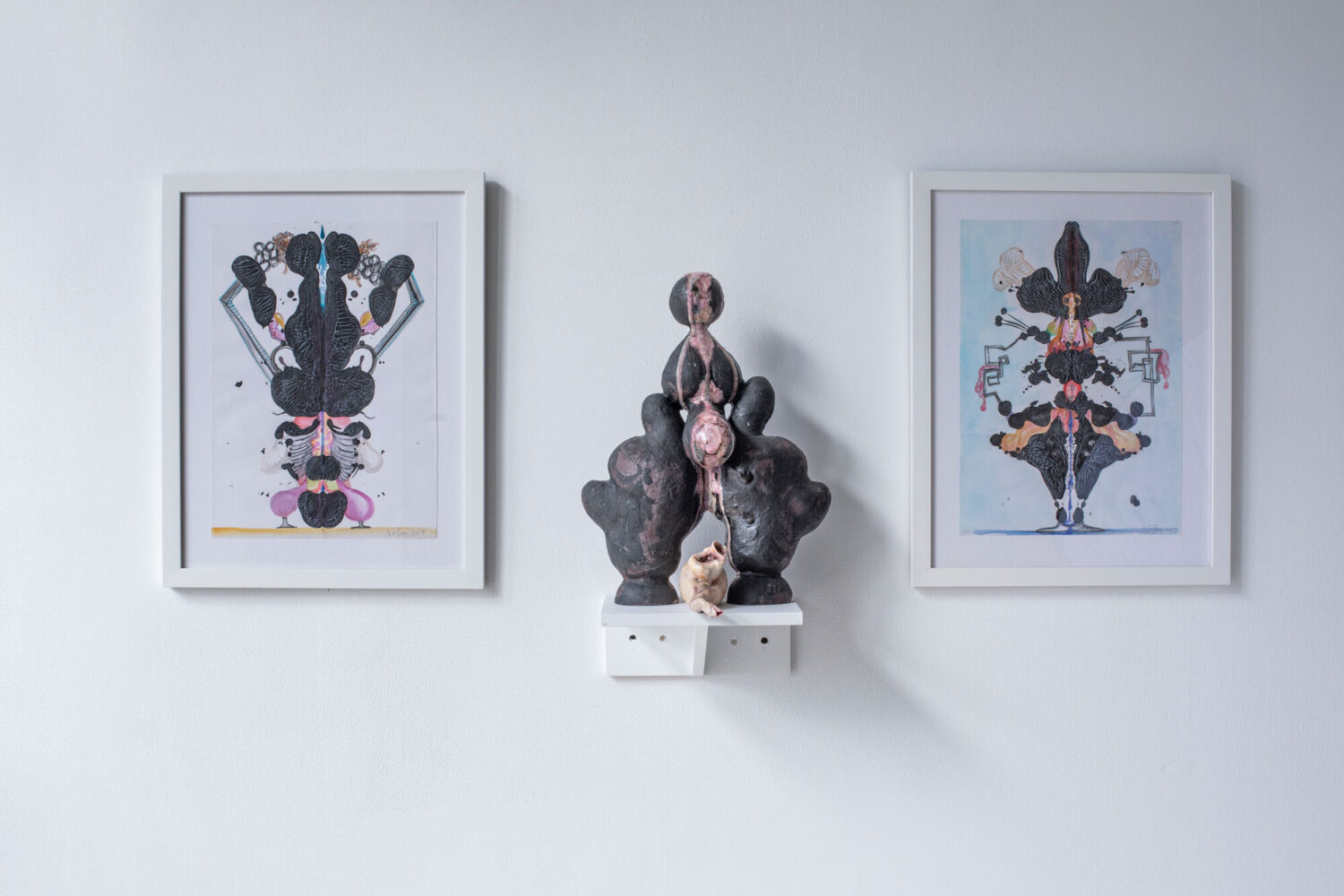

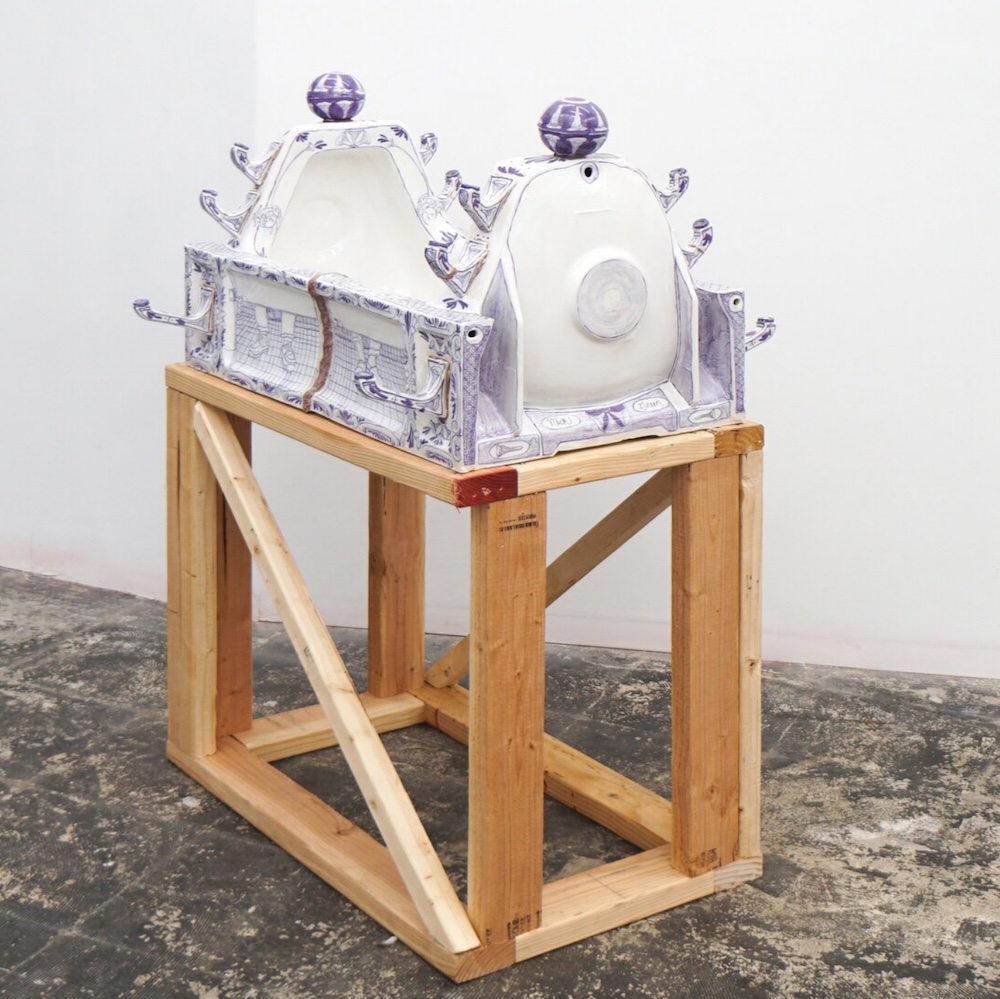
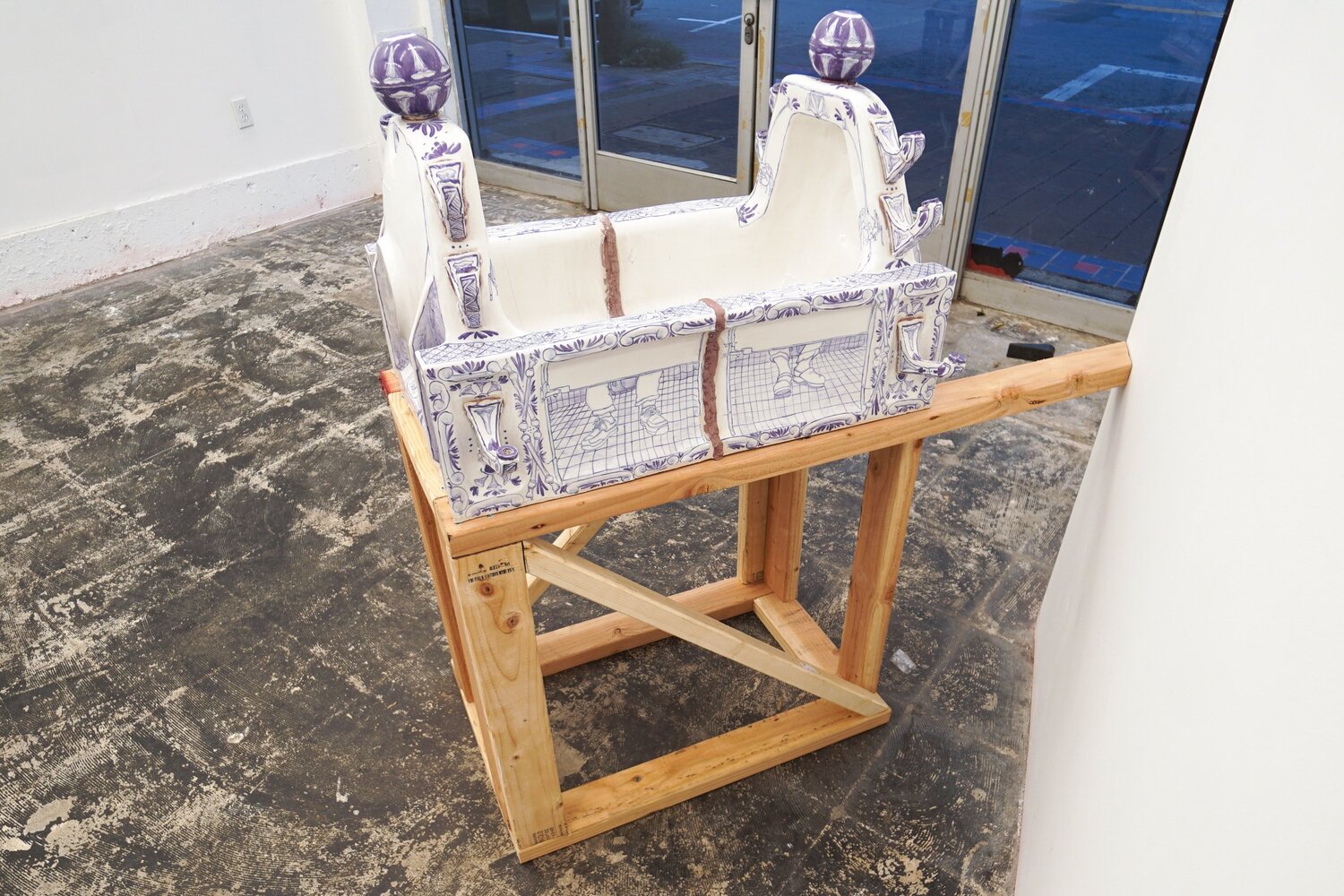
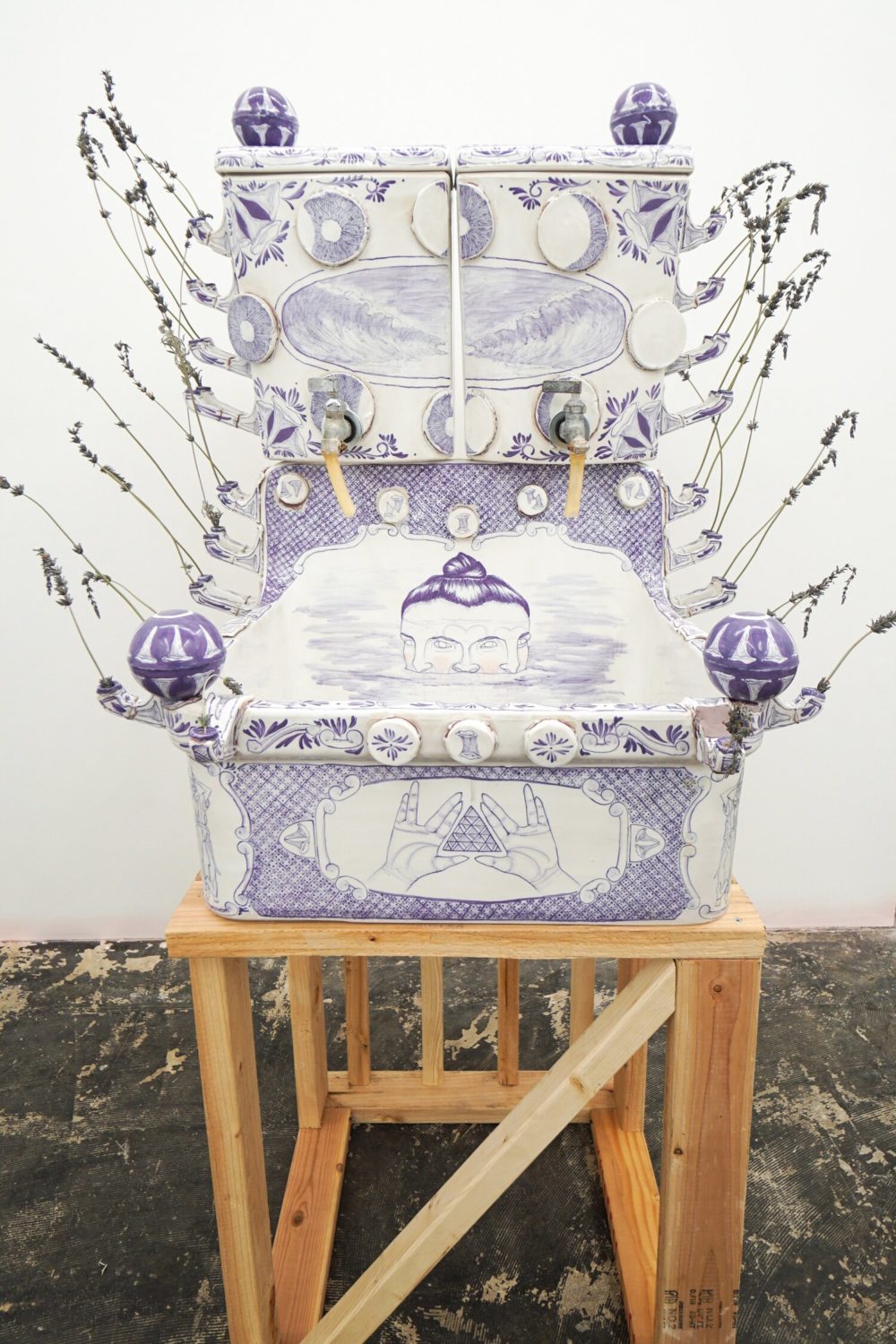
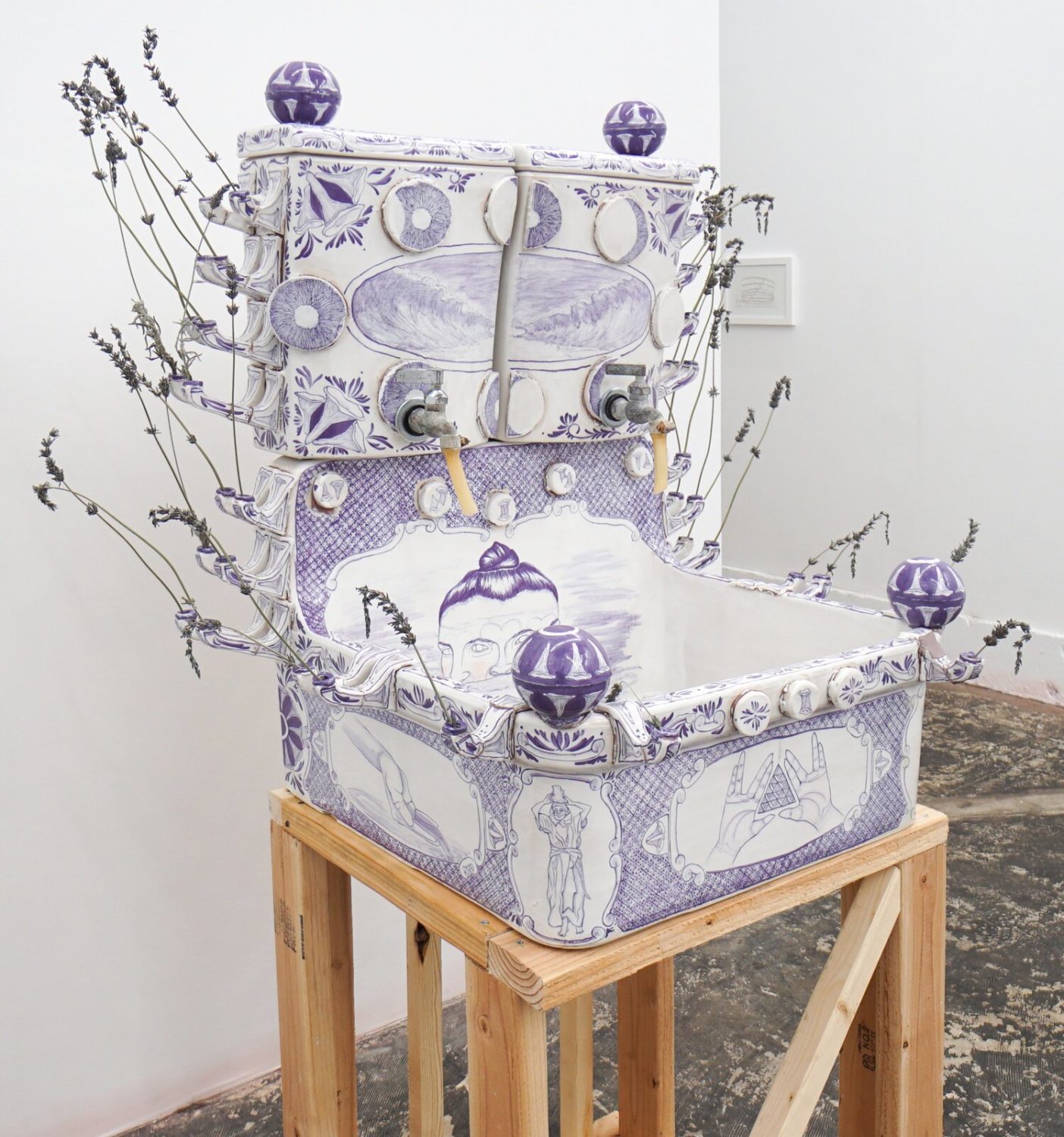

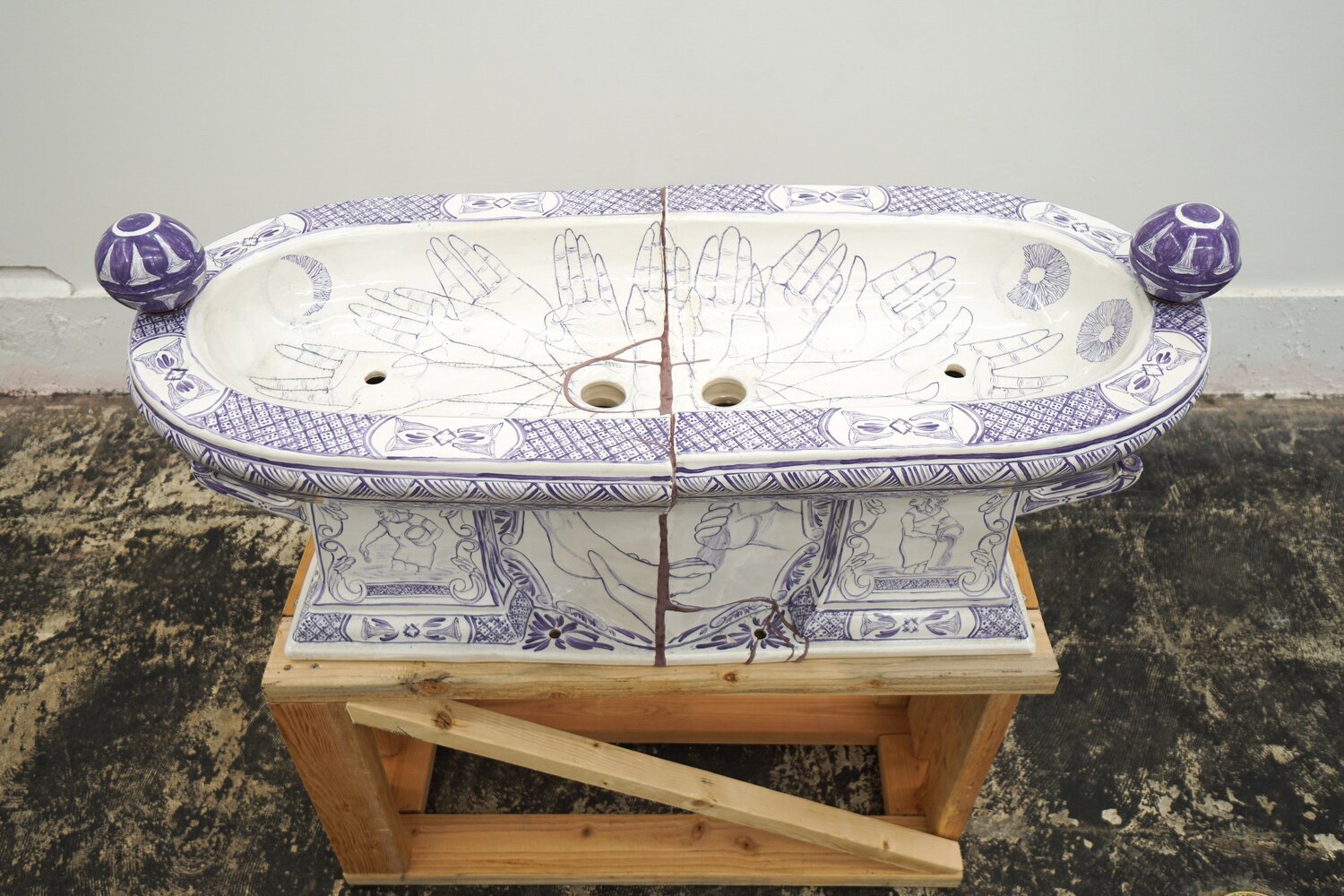
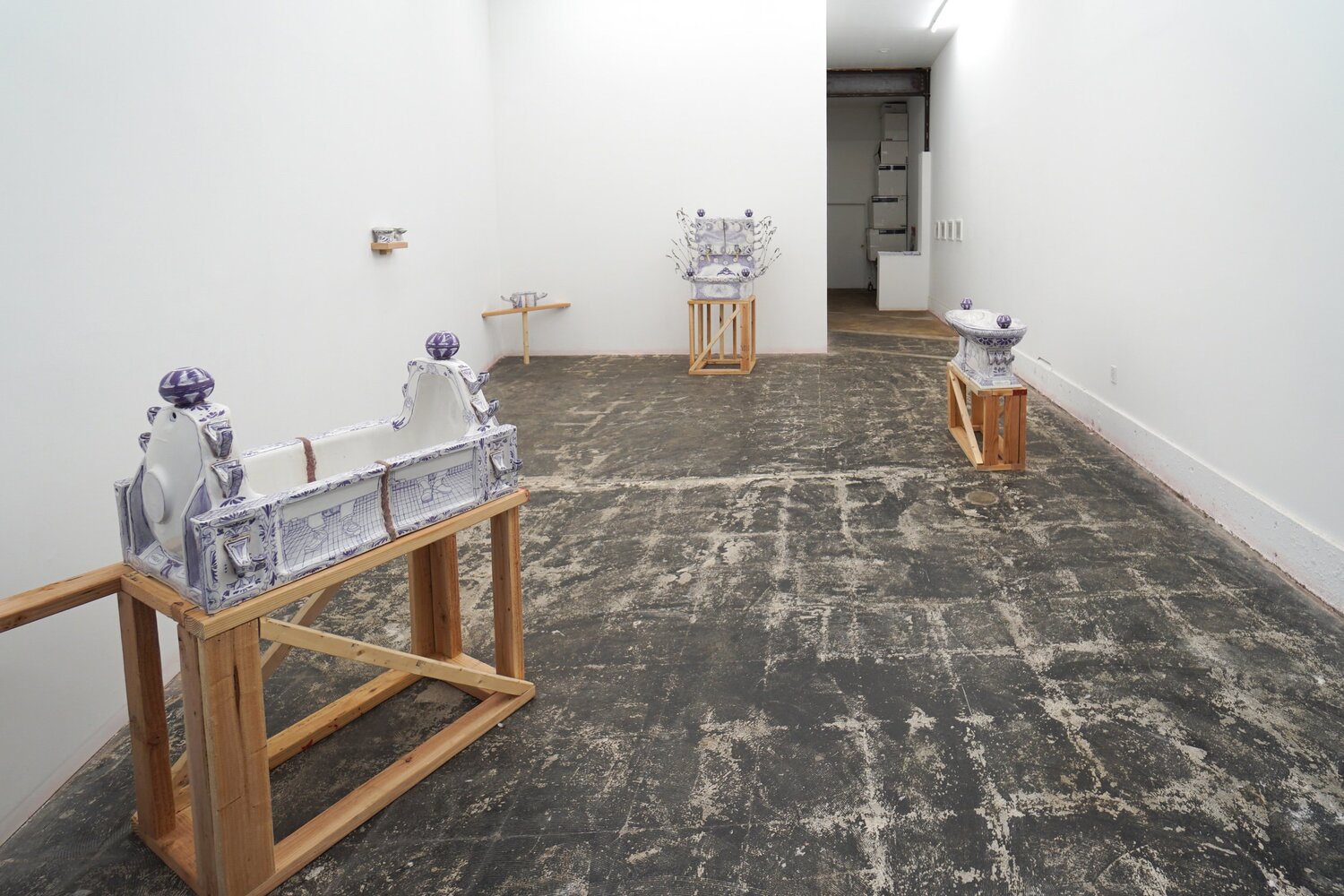
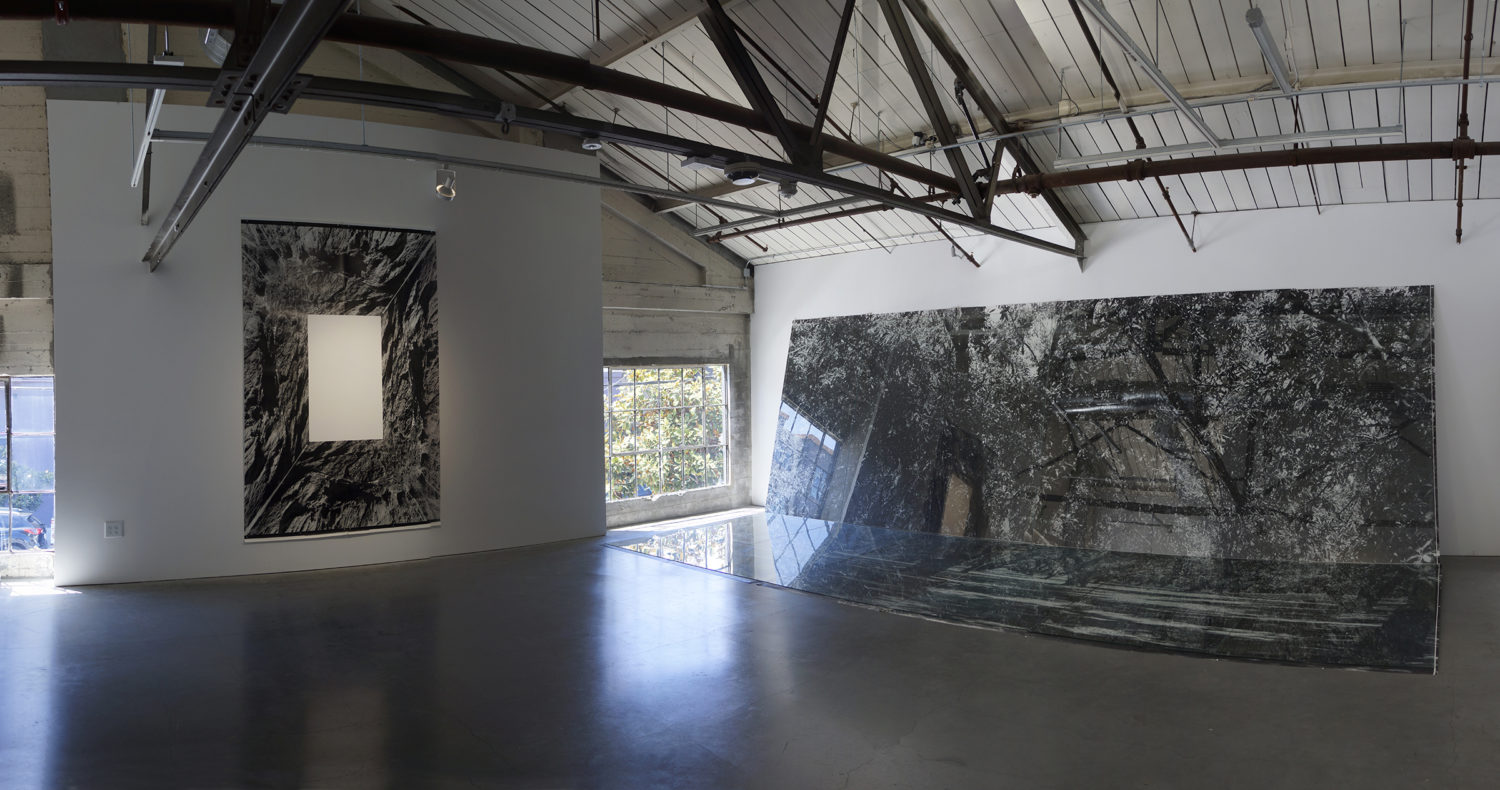
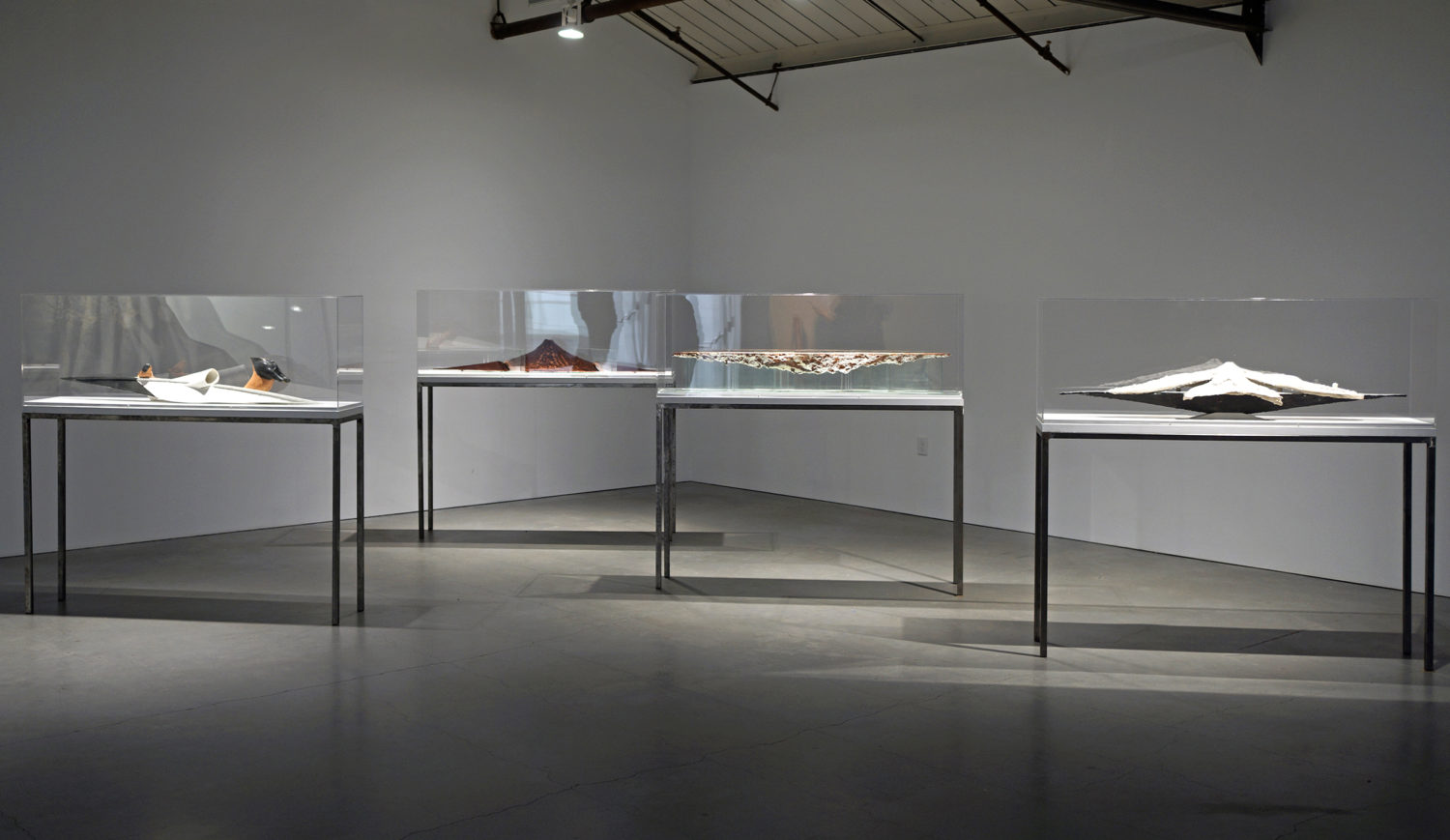
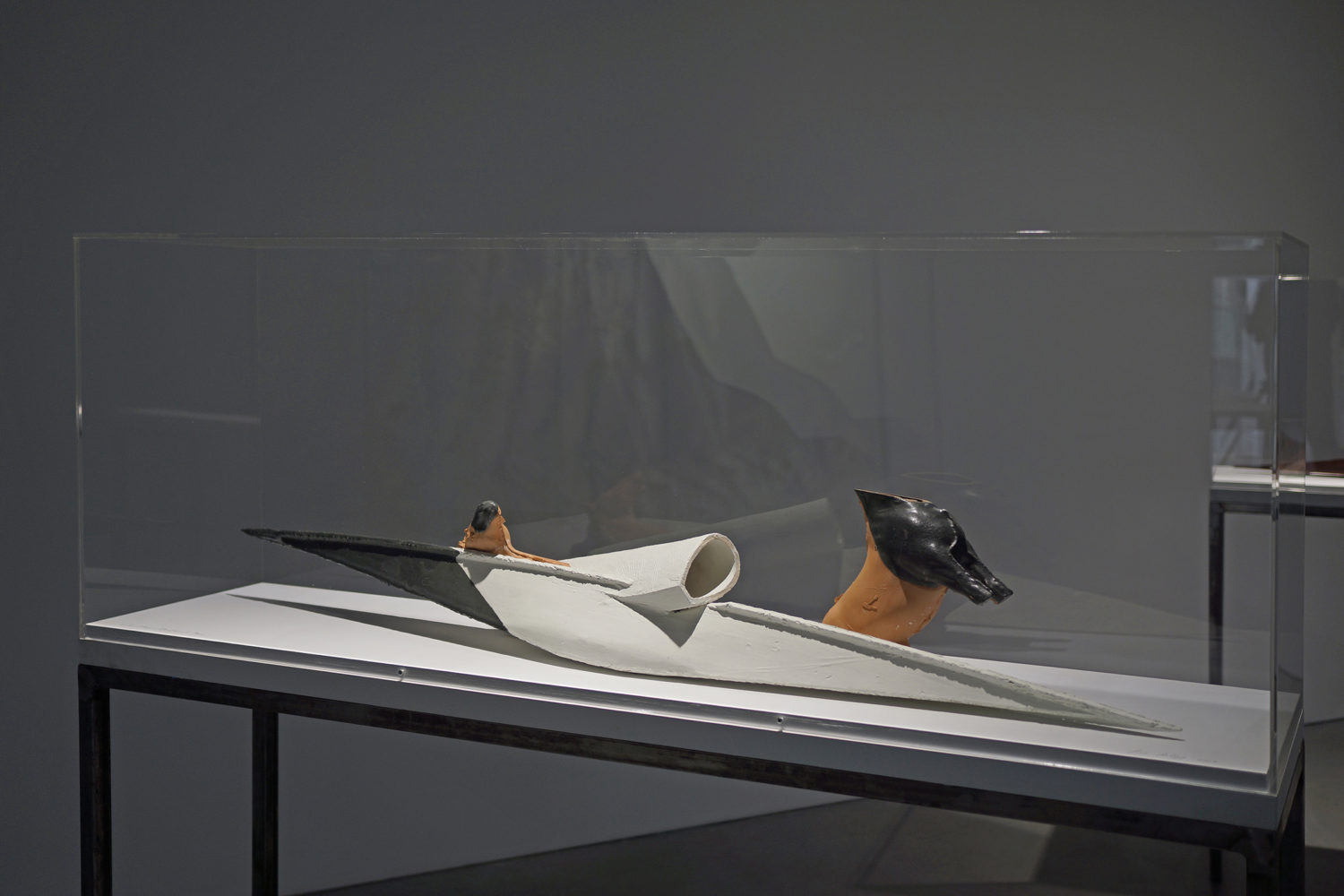


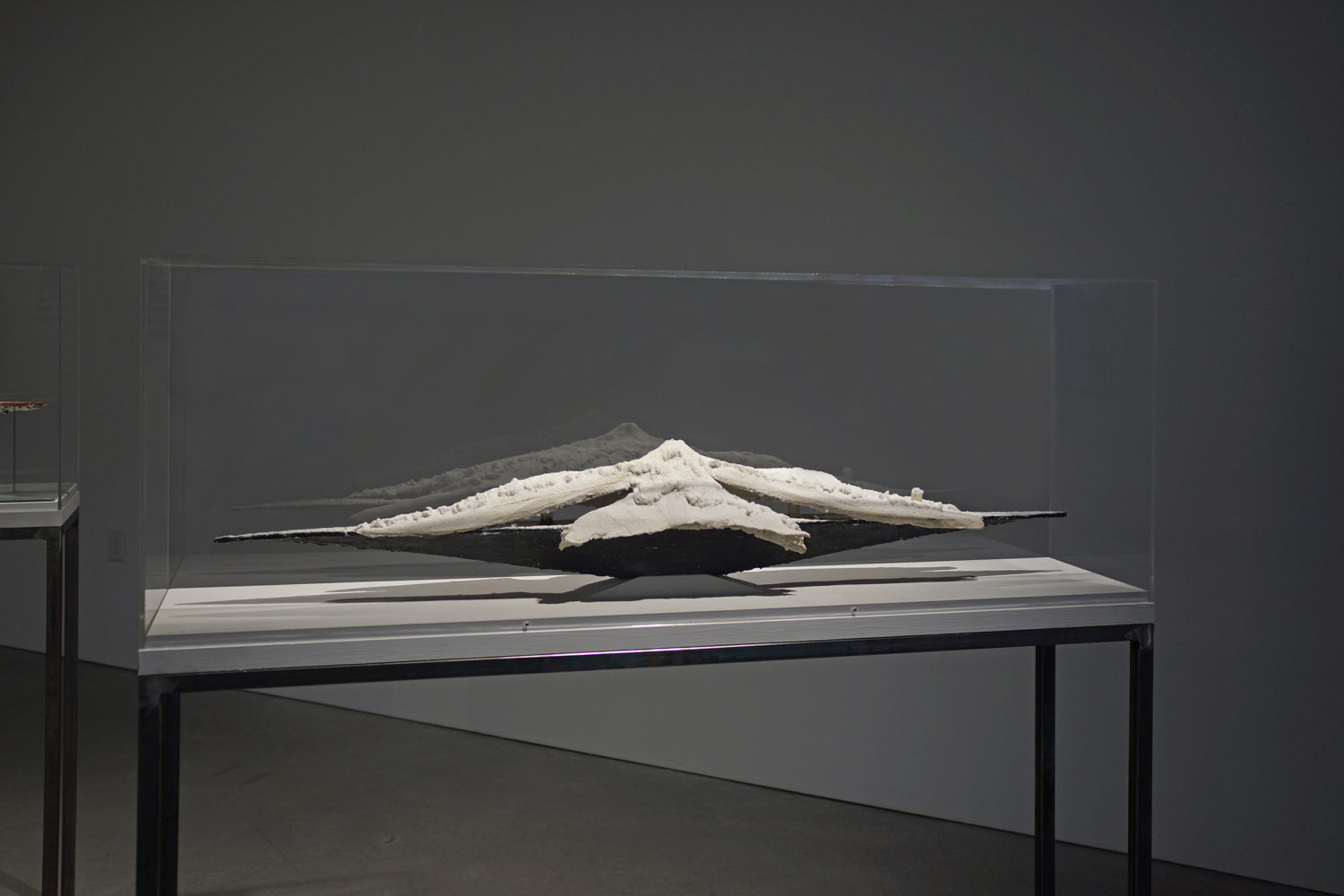
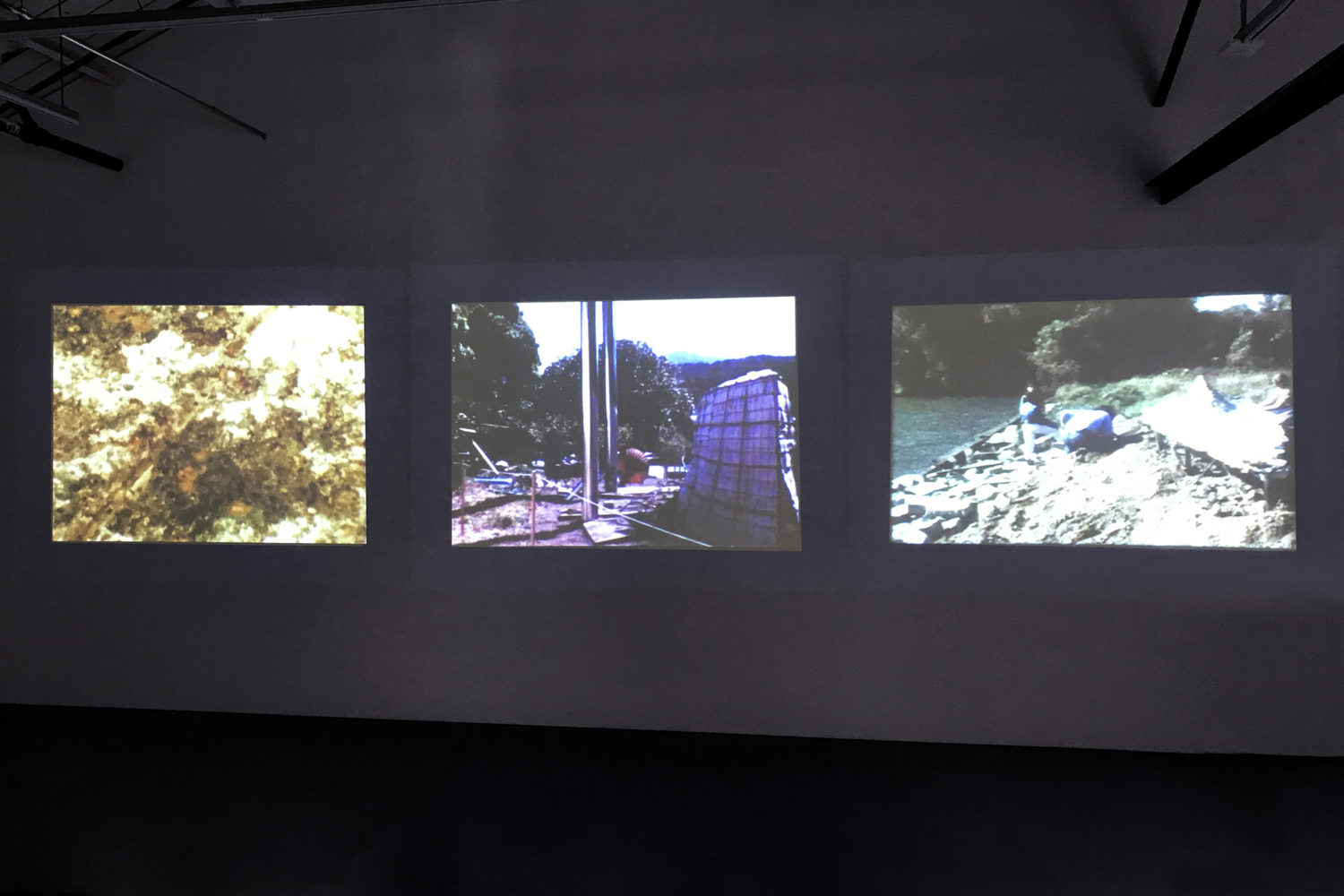
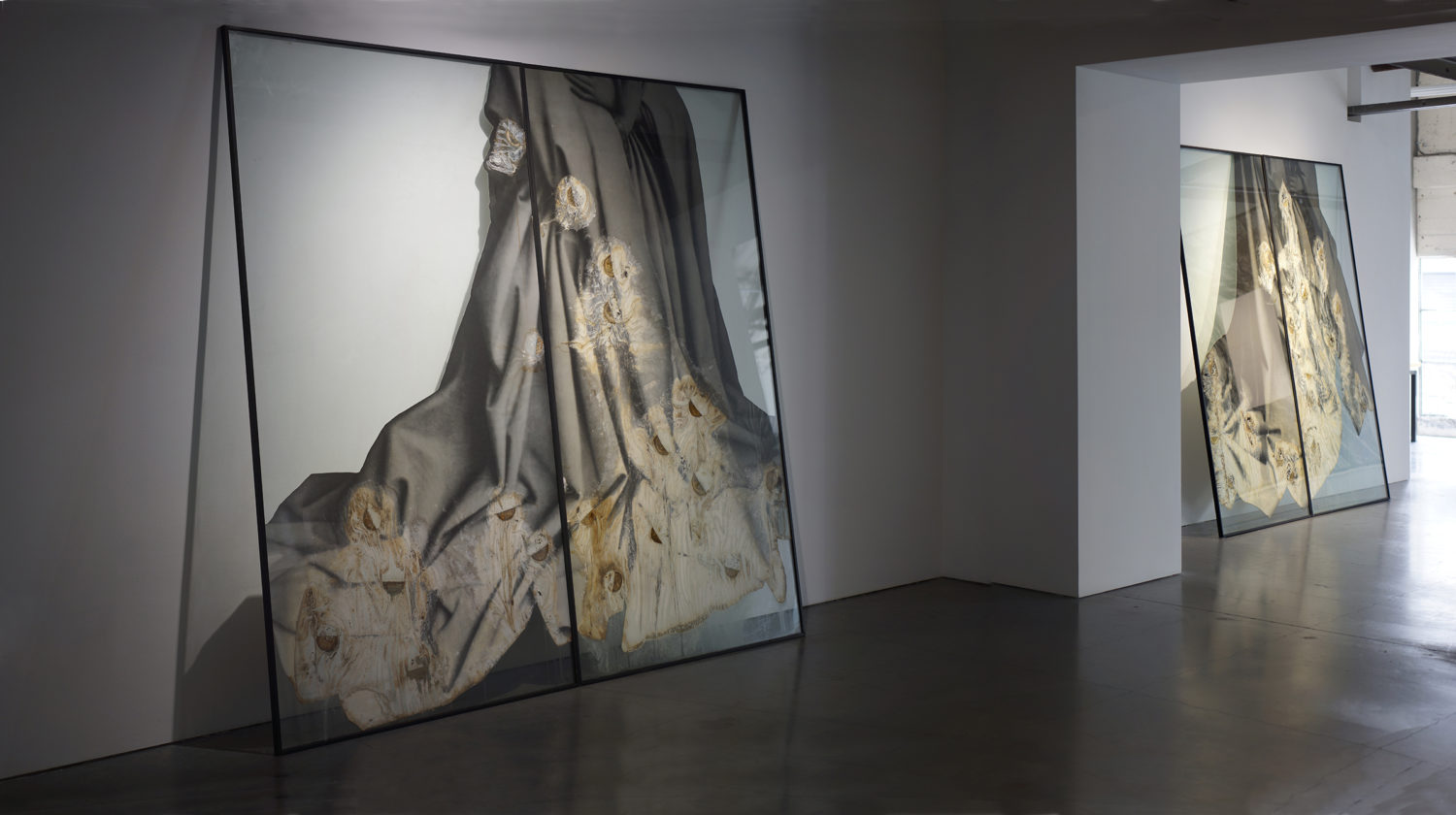
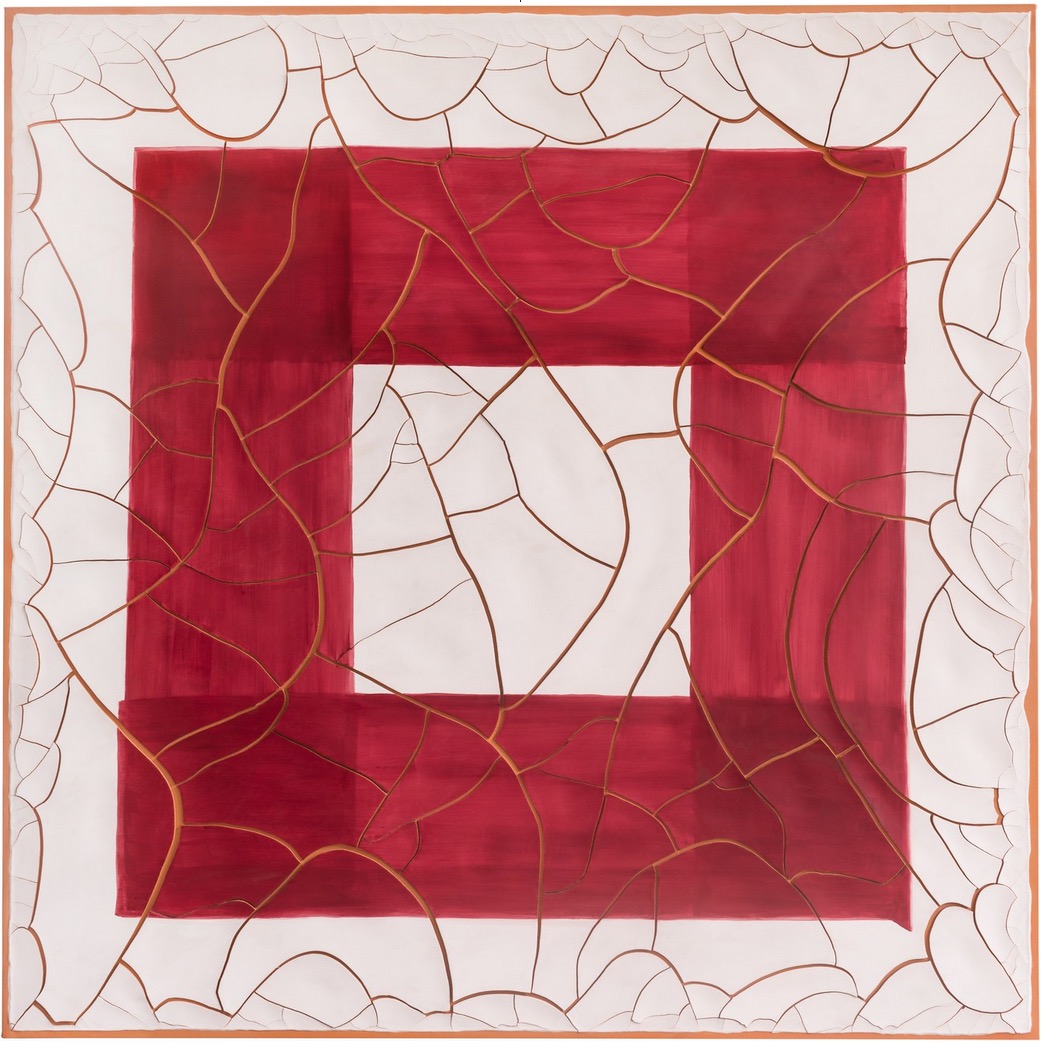
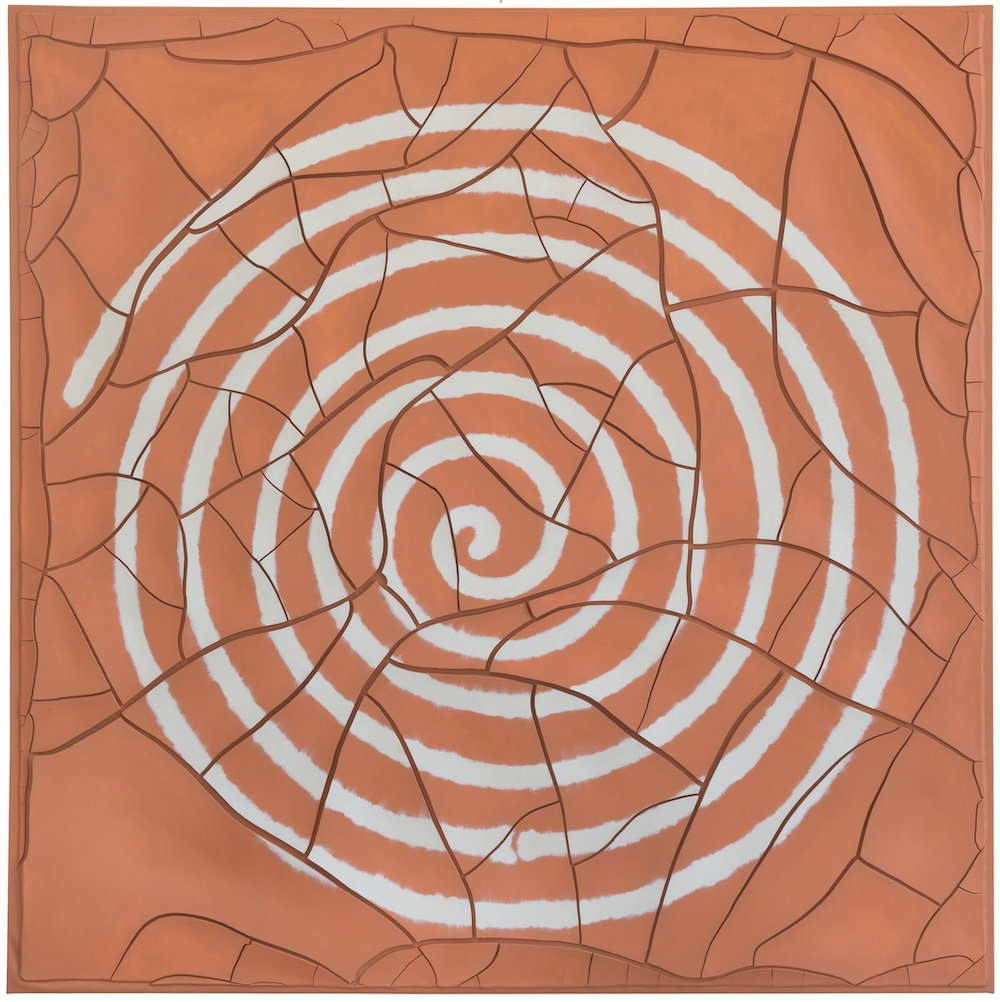
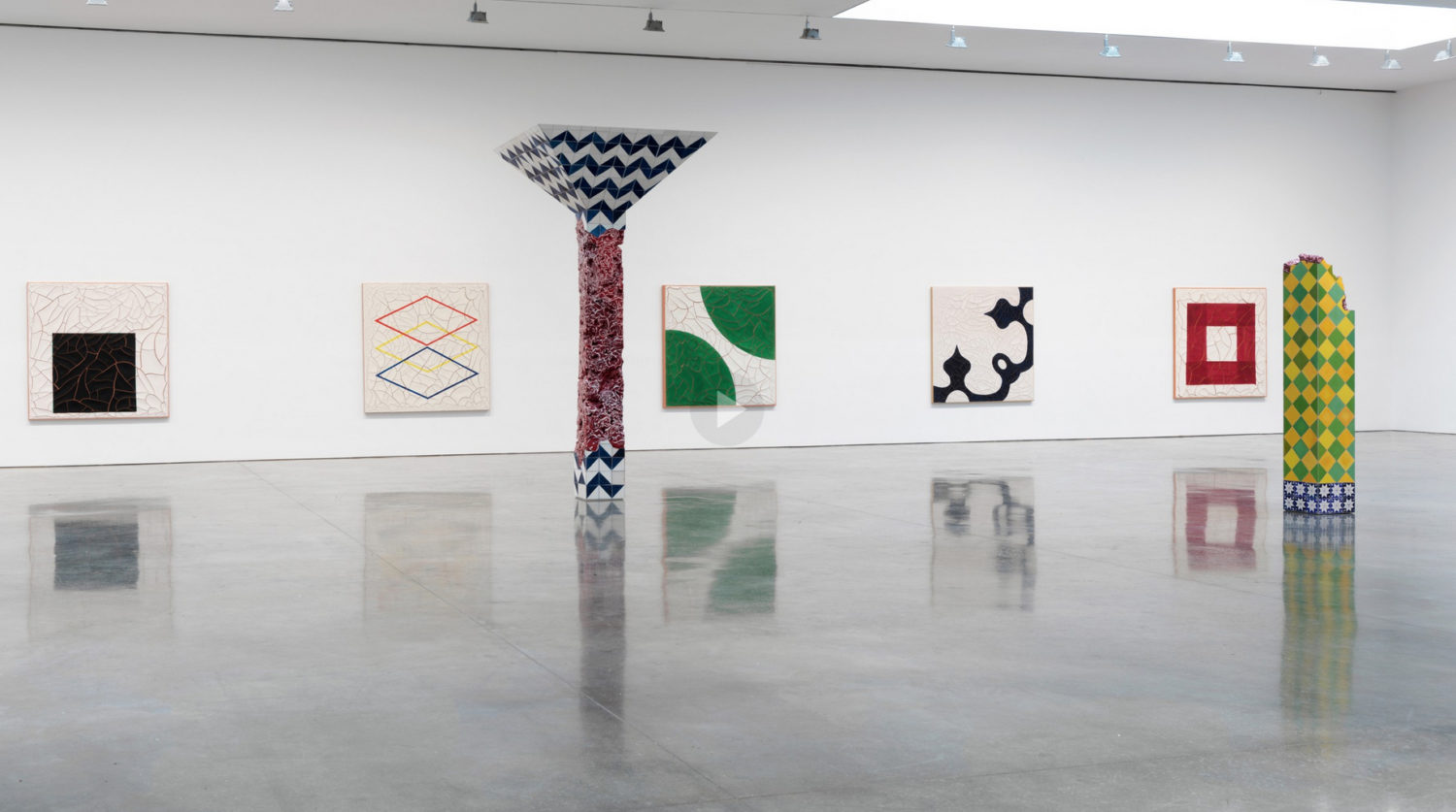
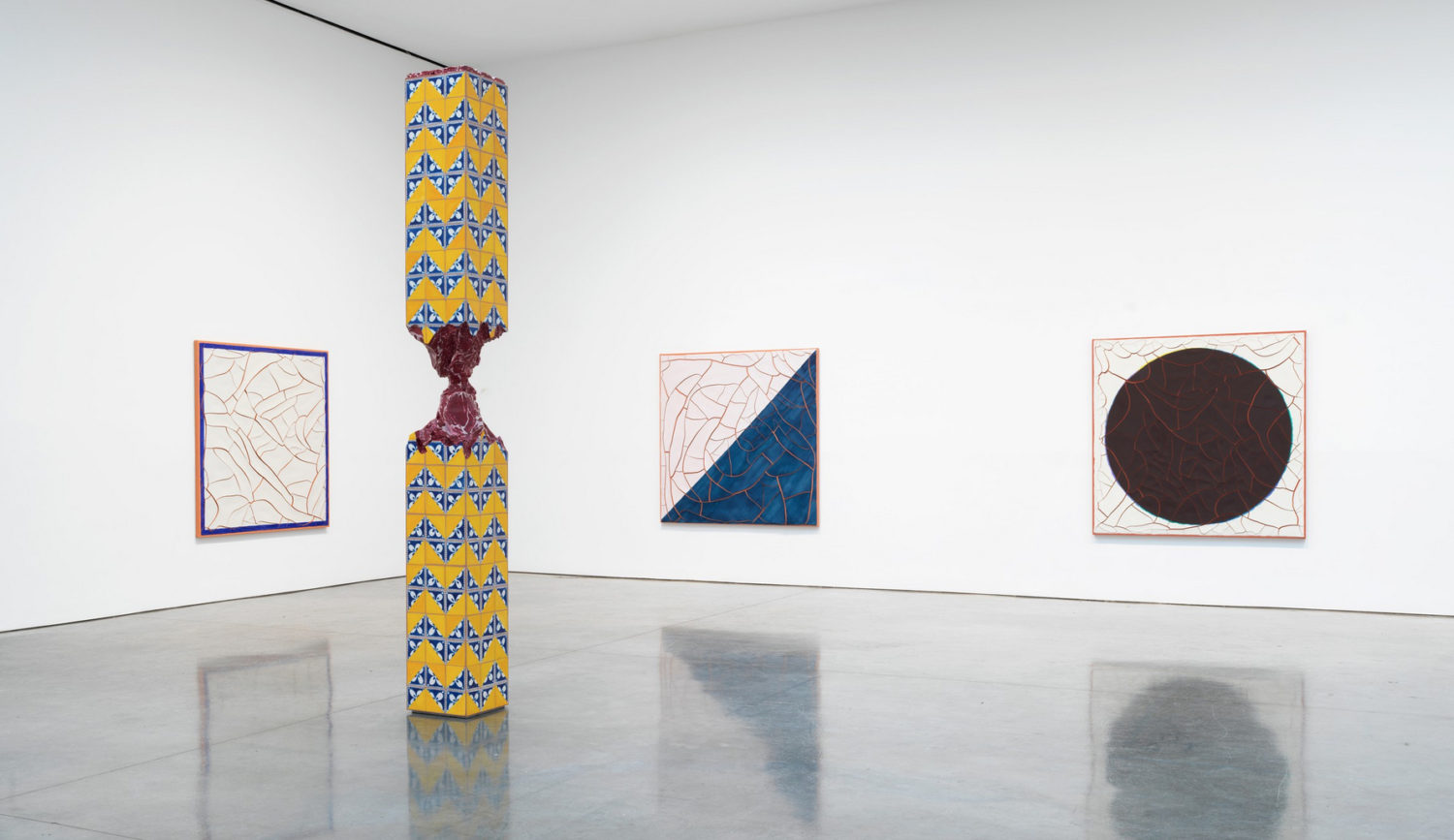
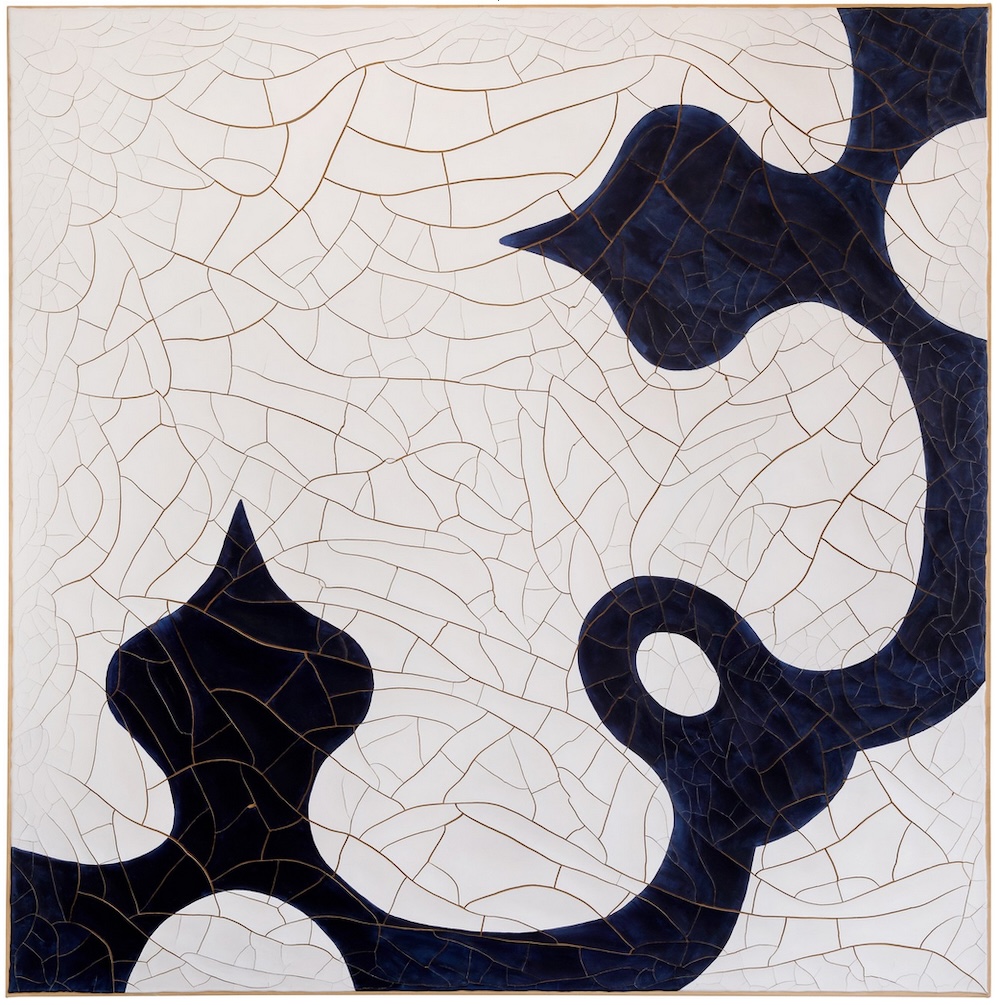


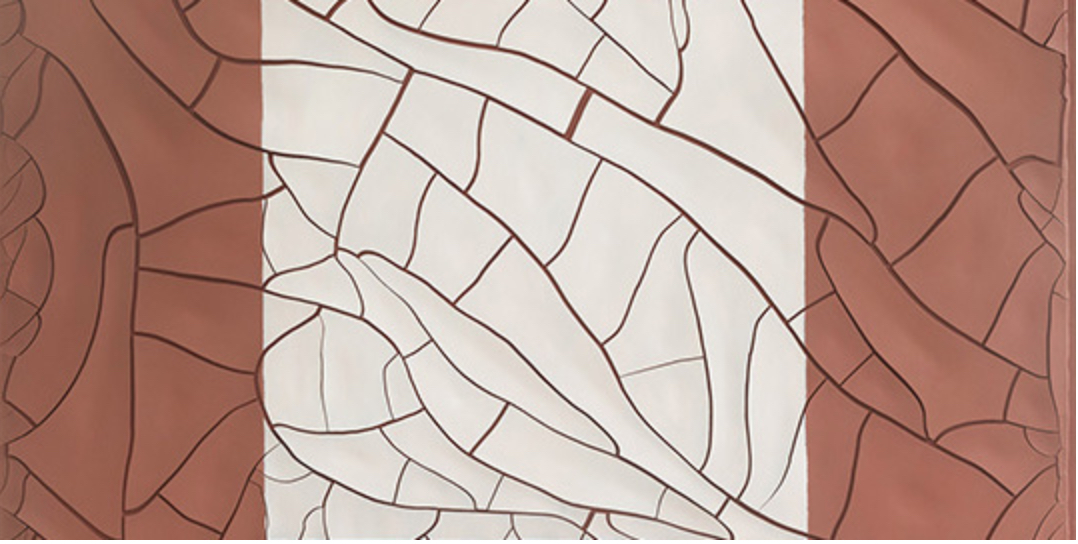
Add your valued opinion to this post.